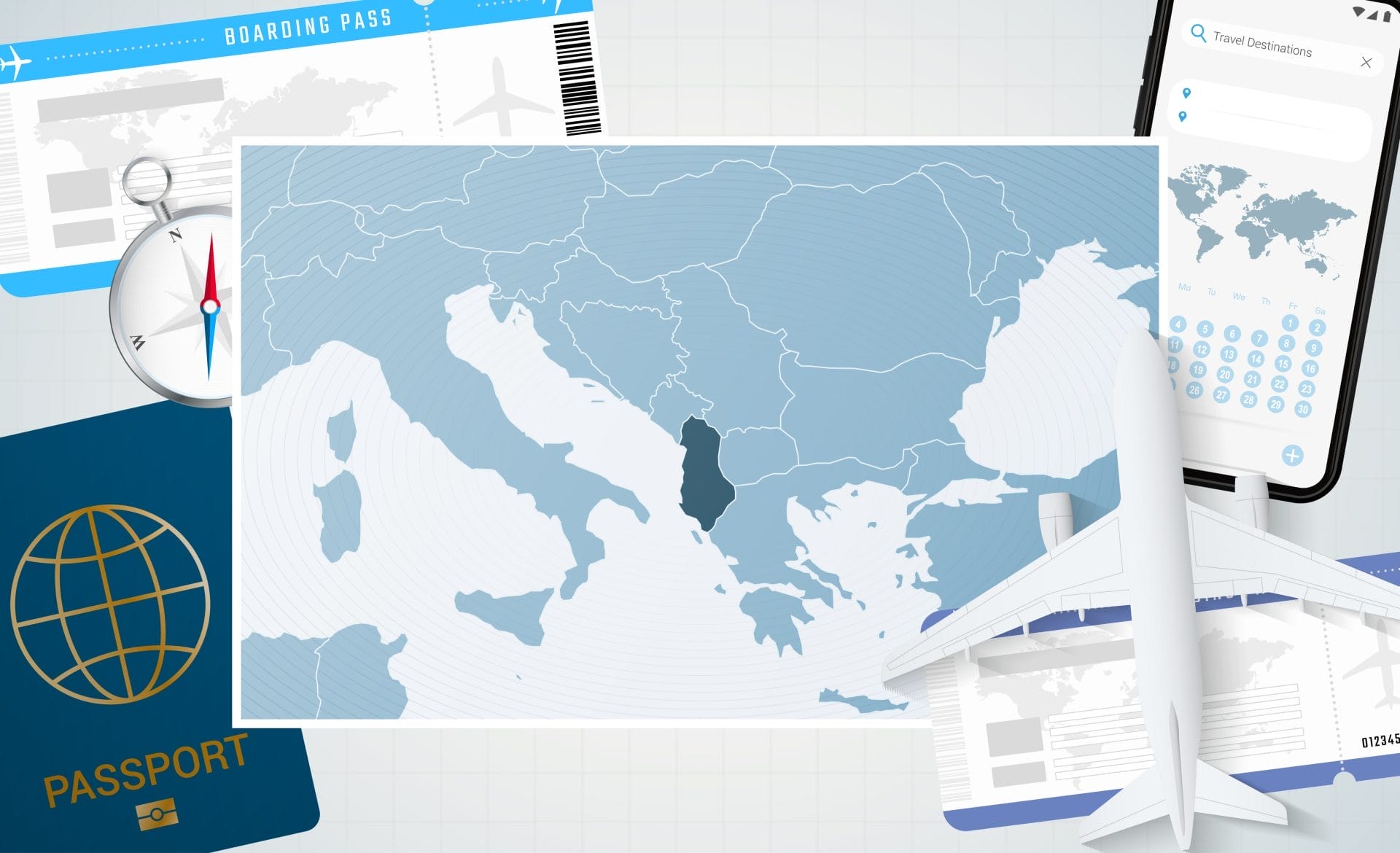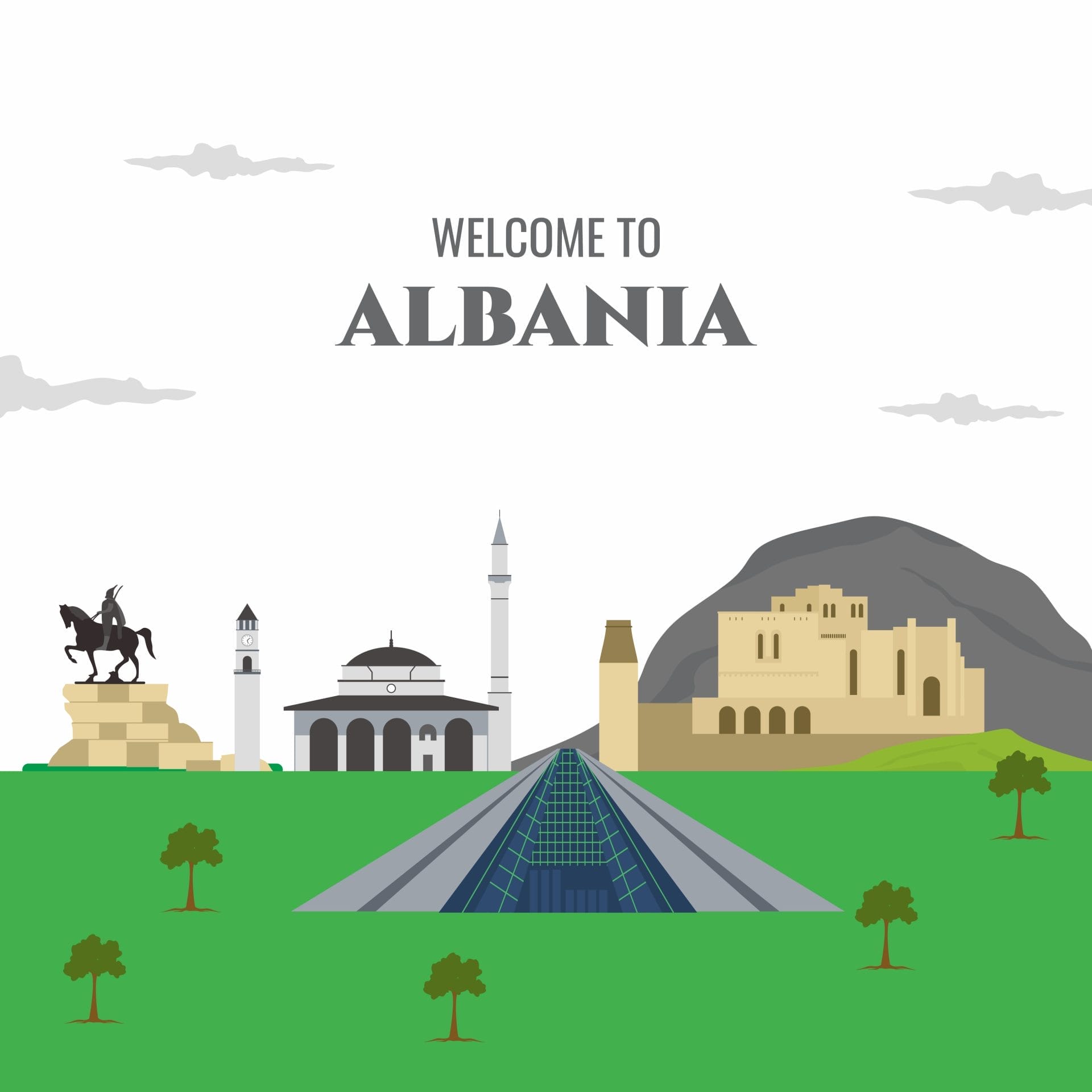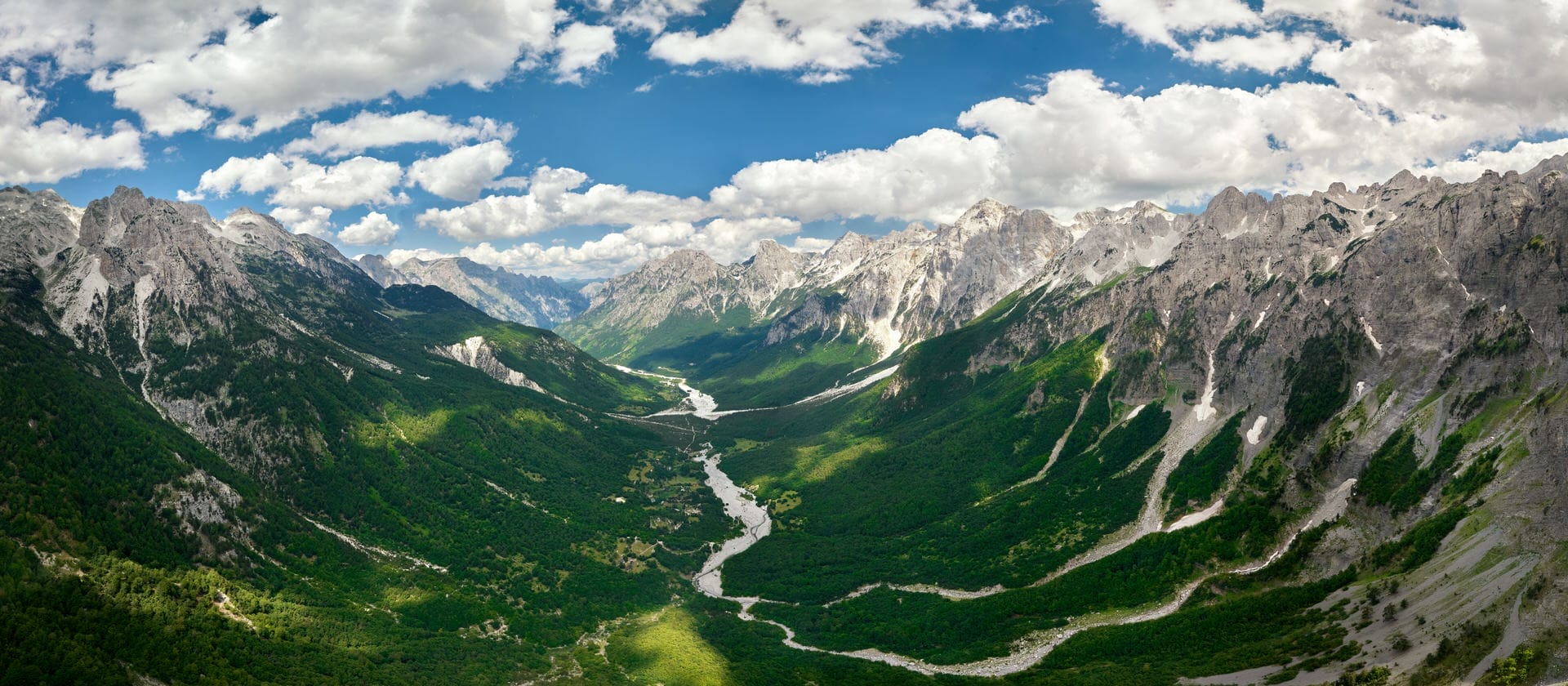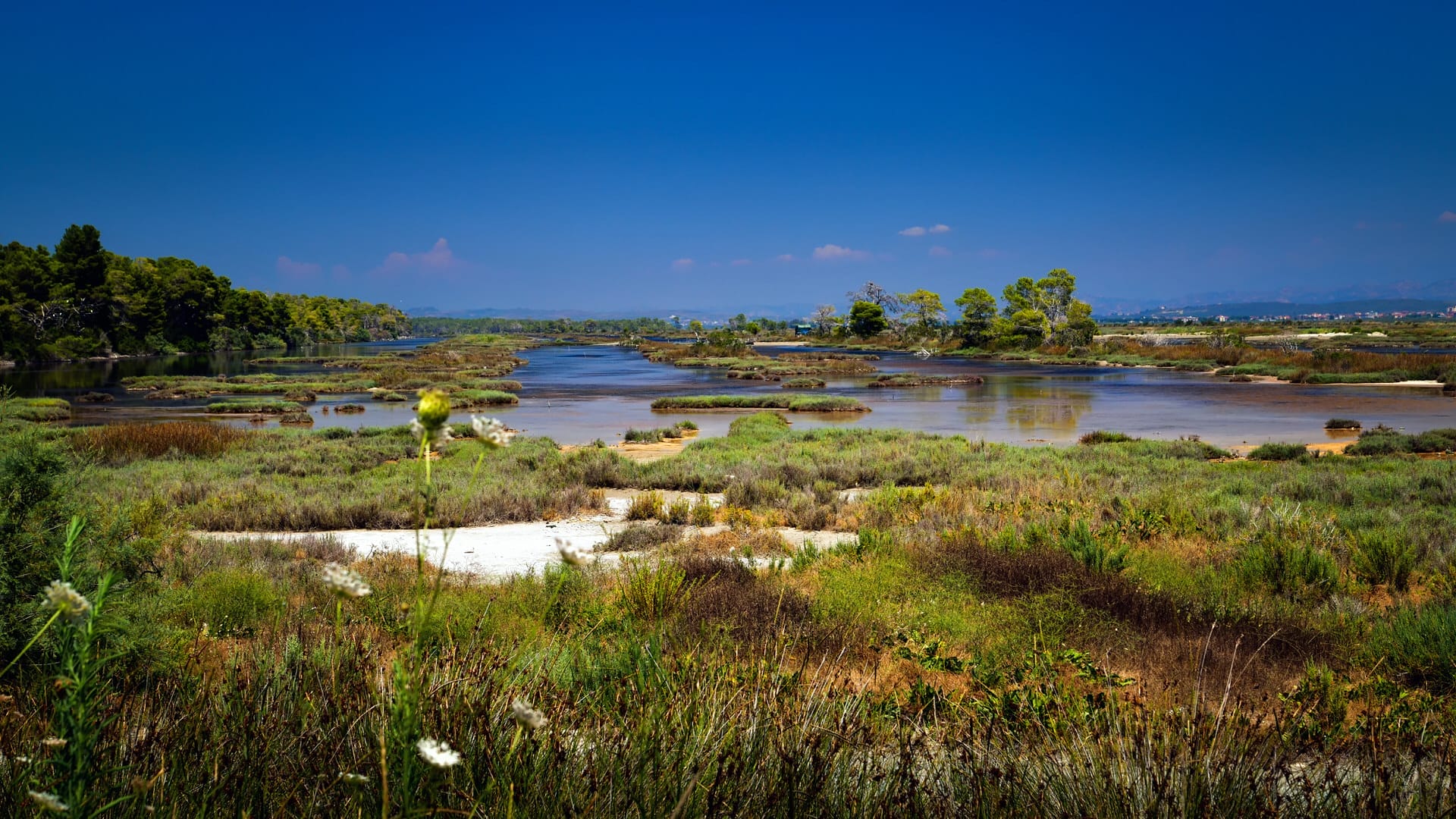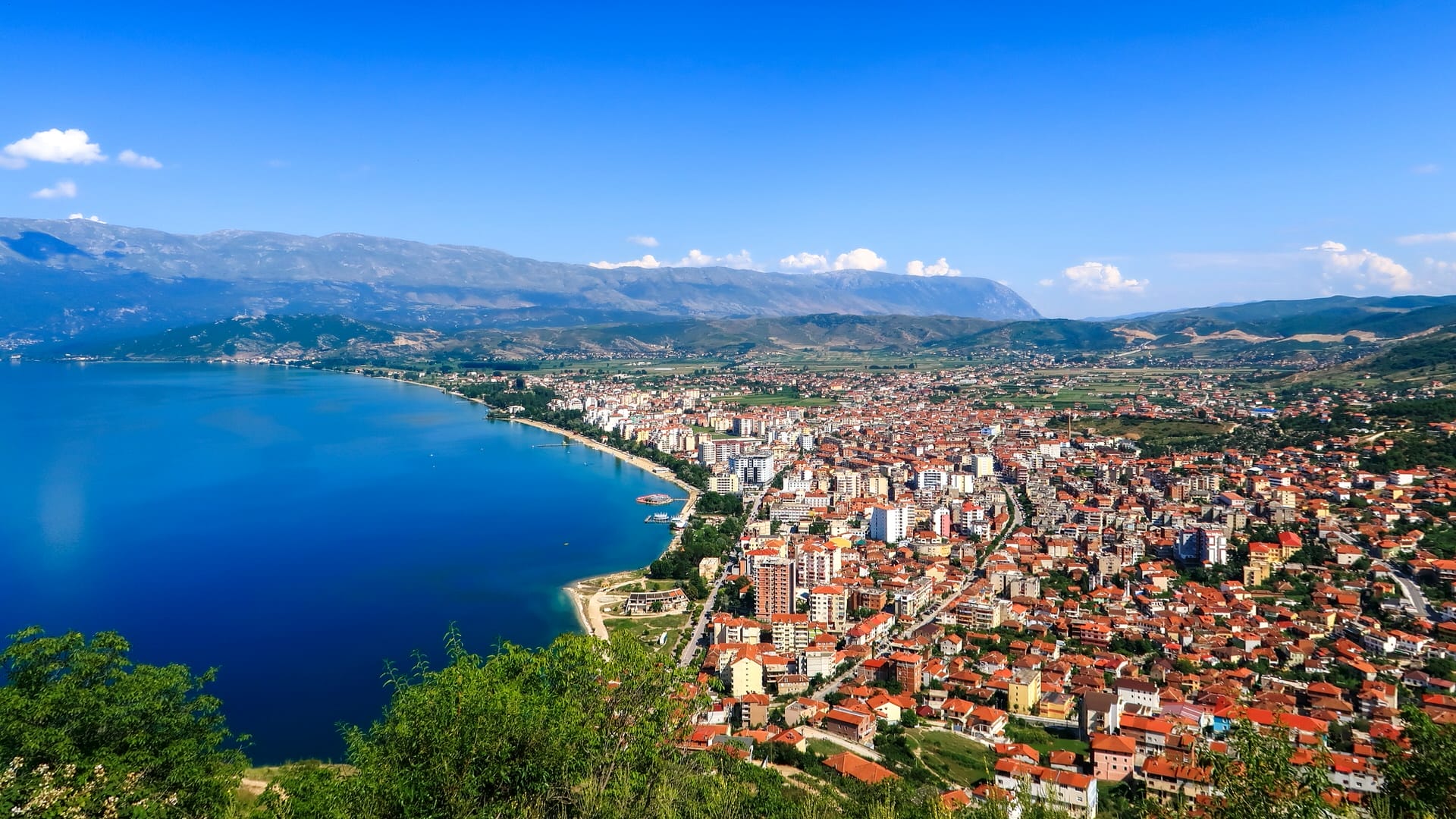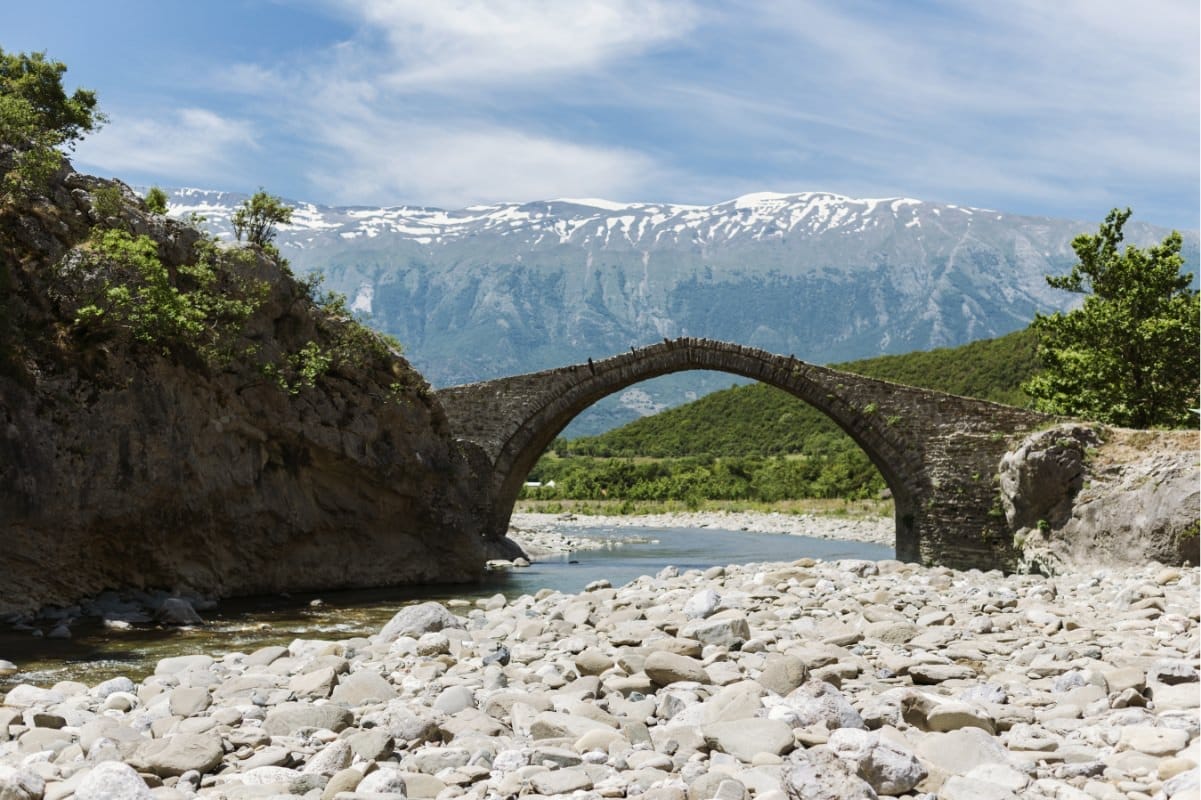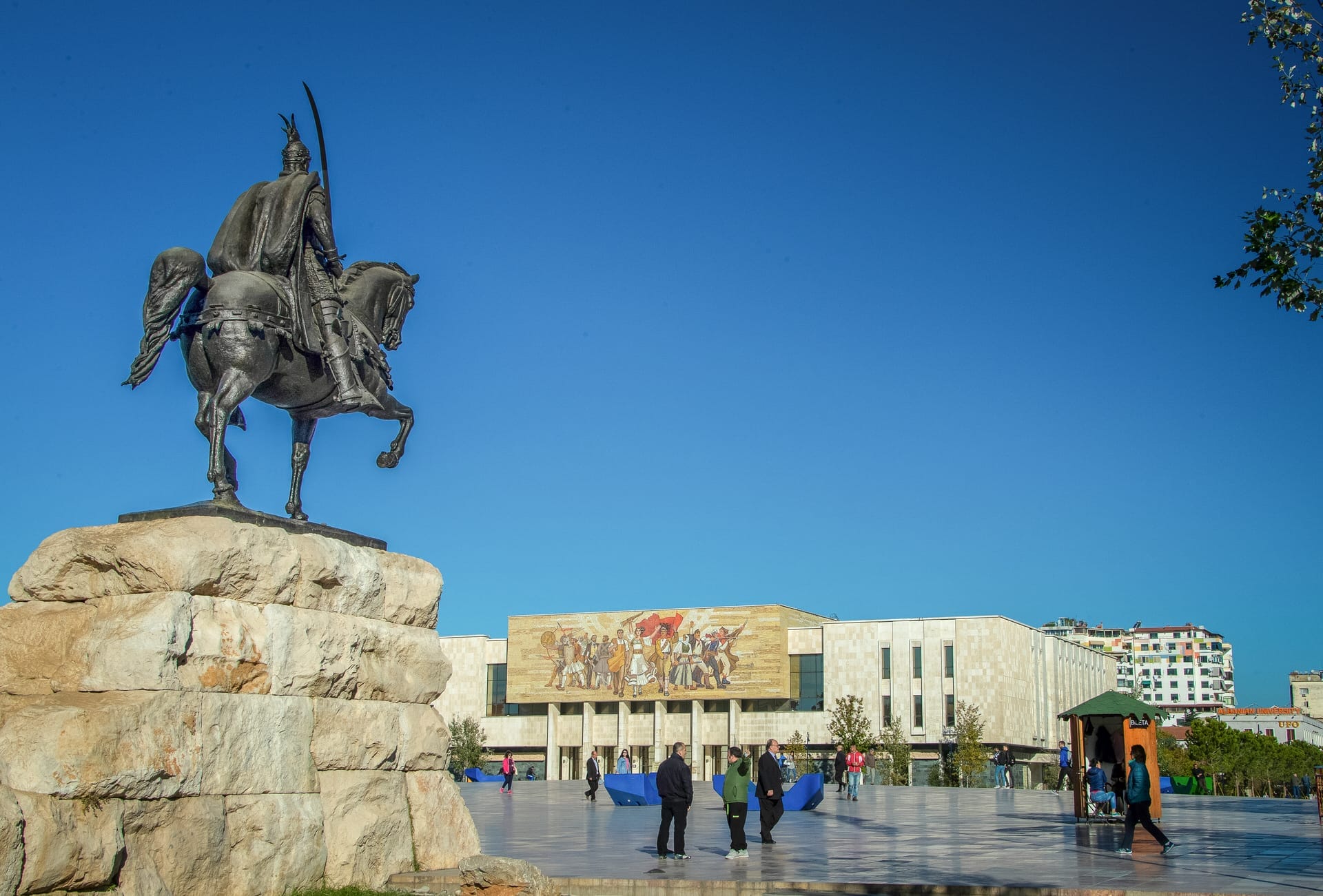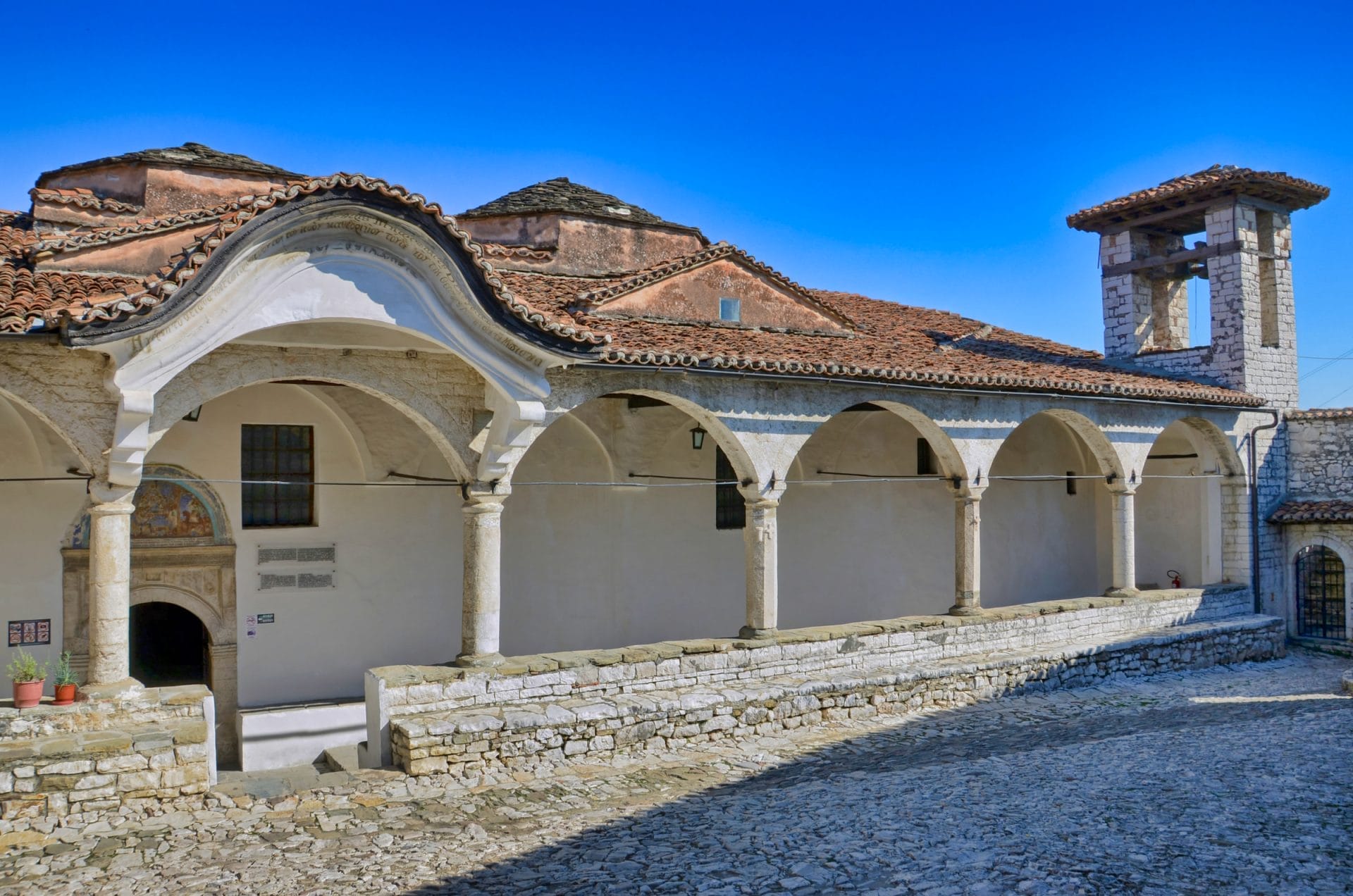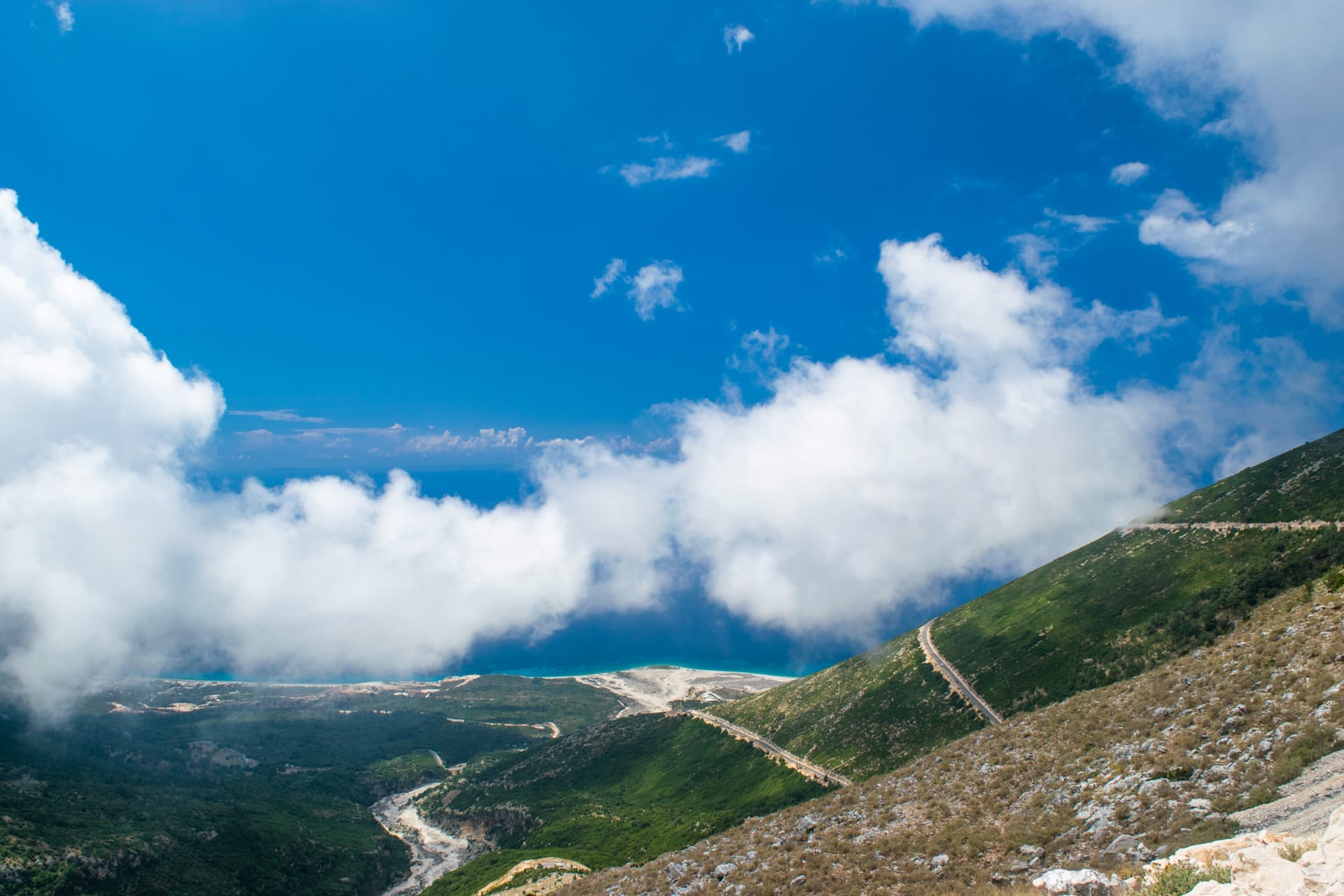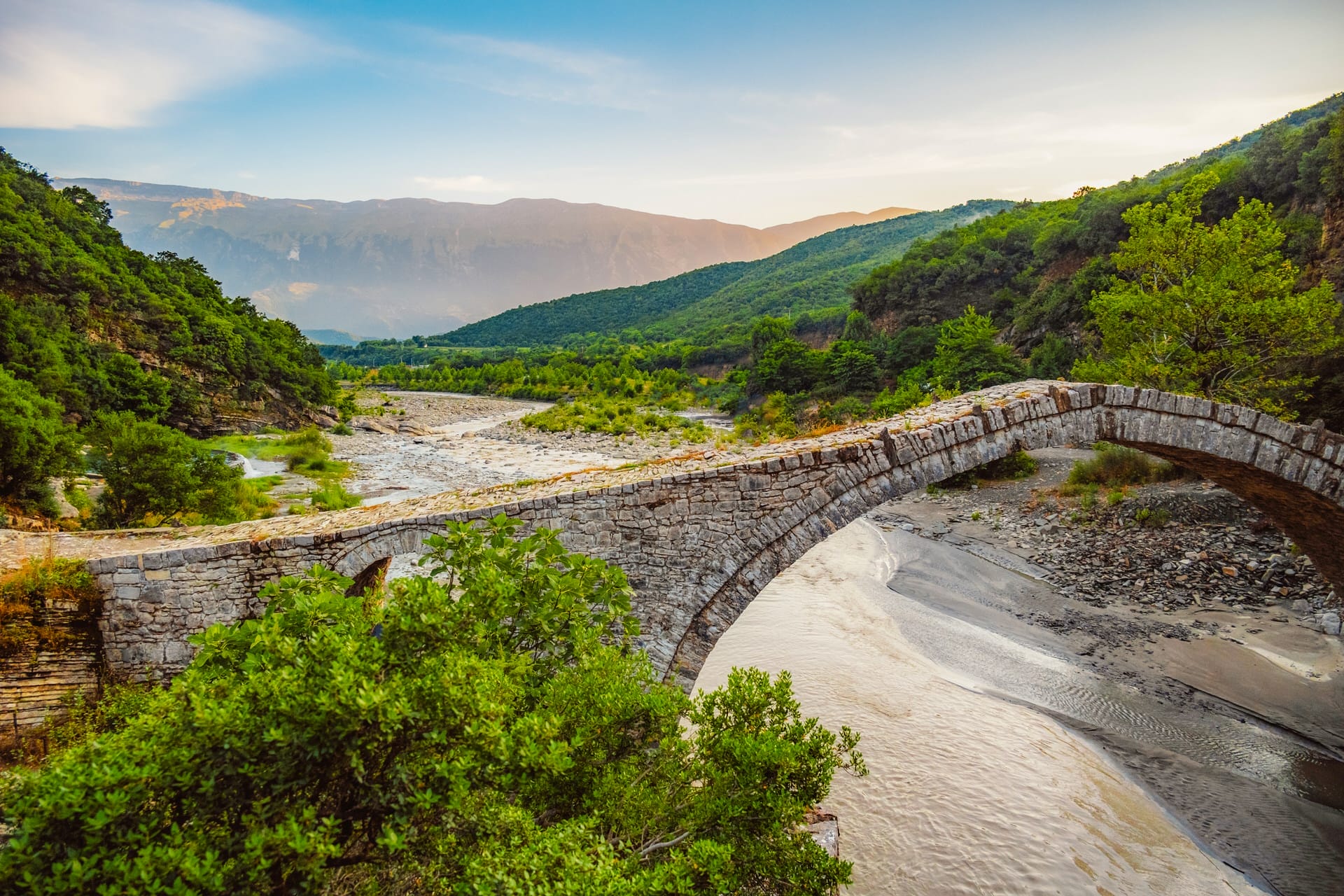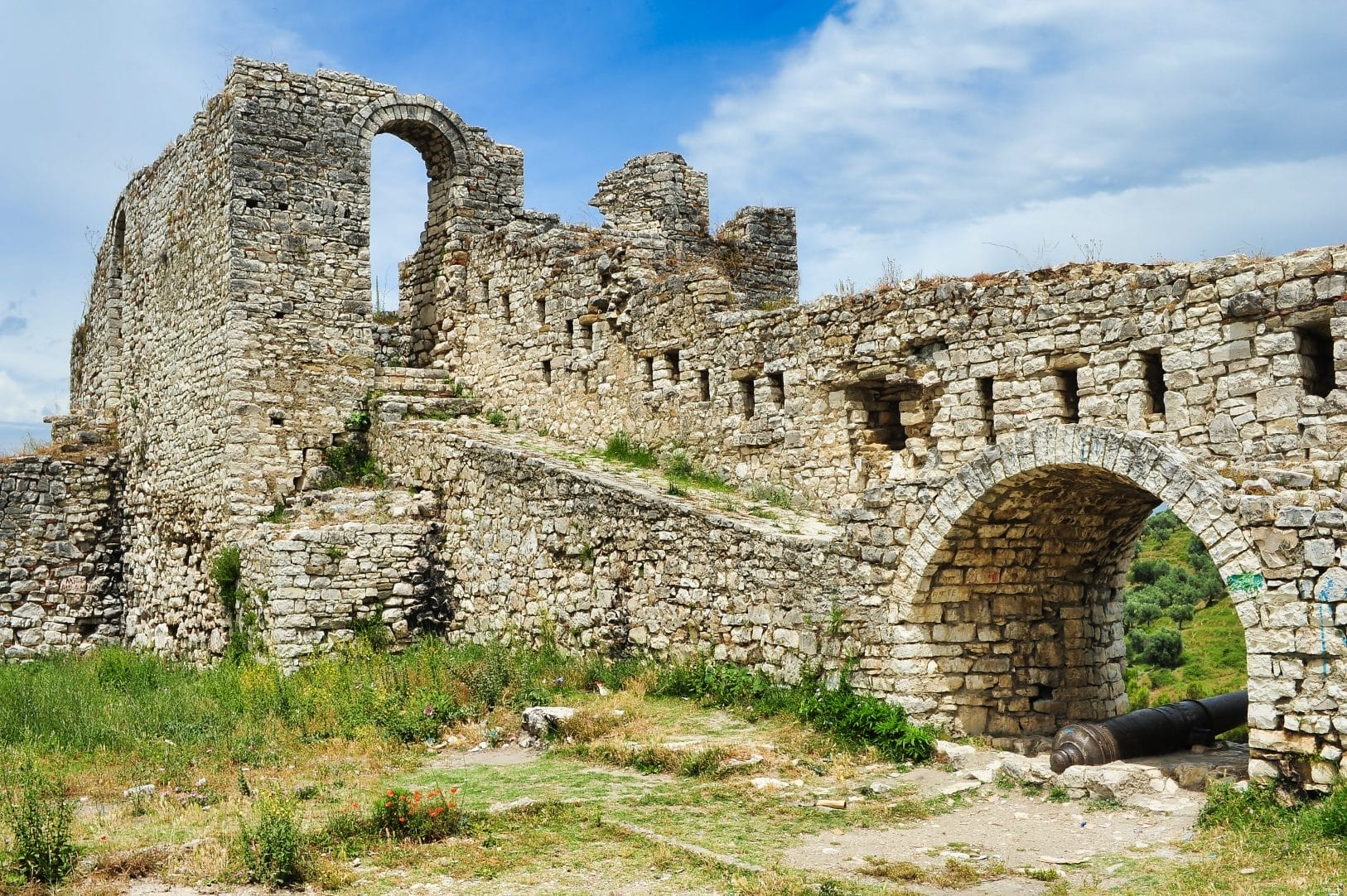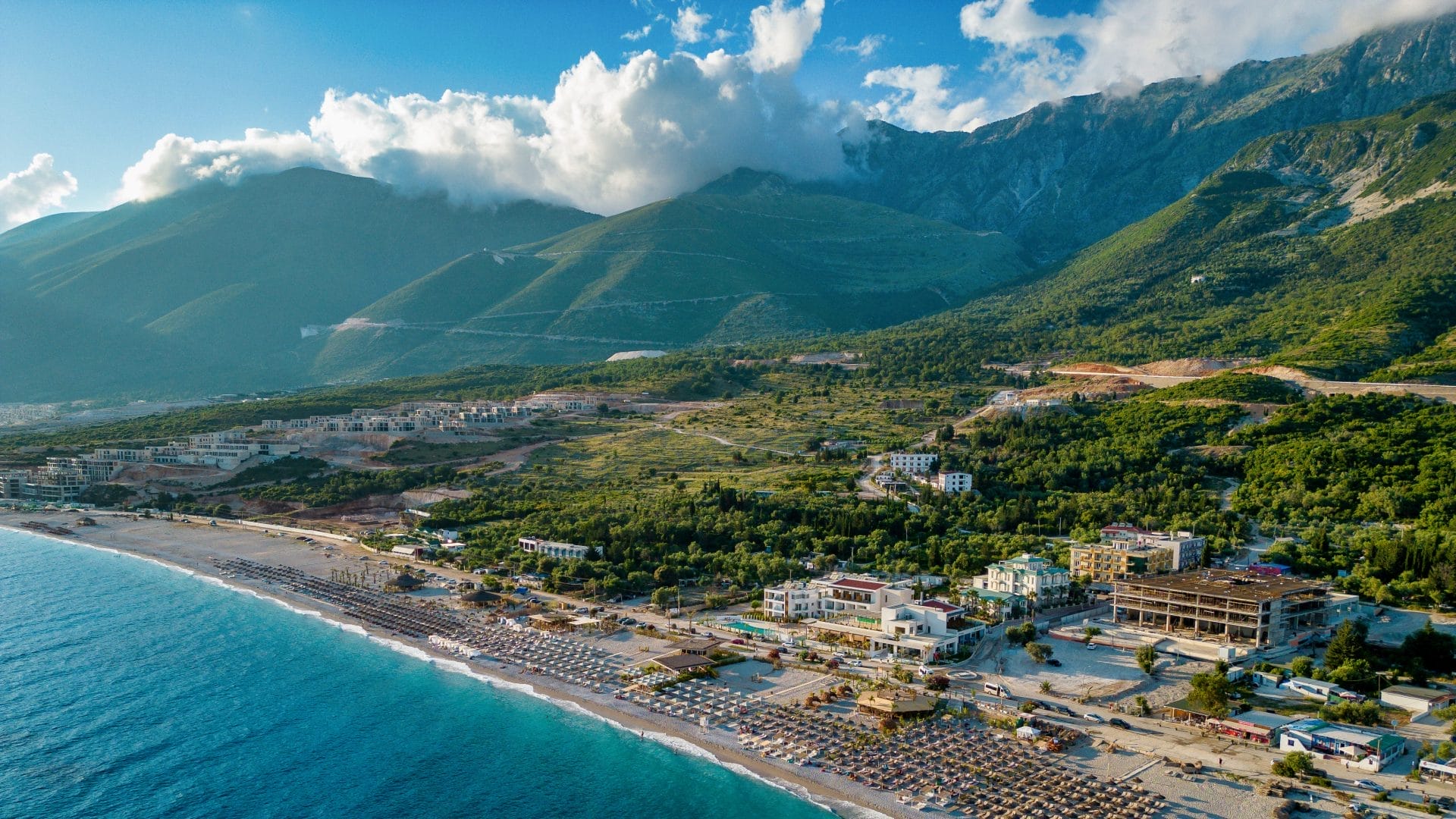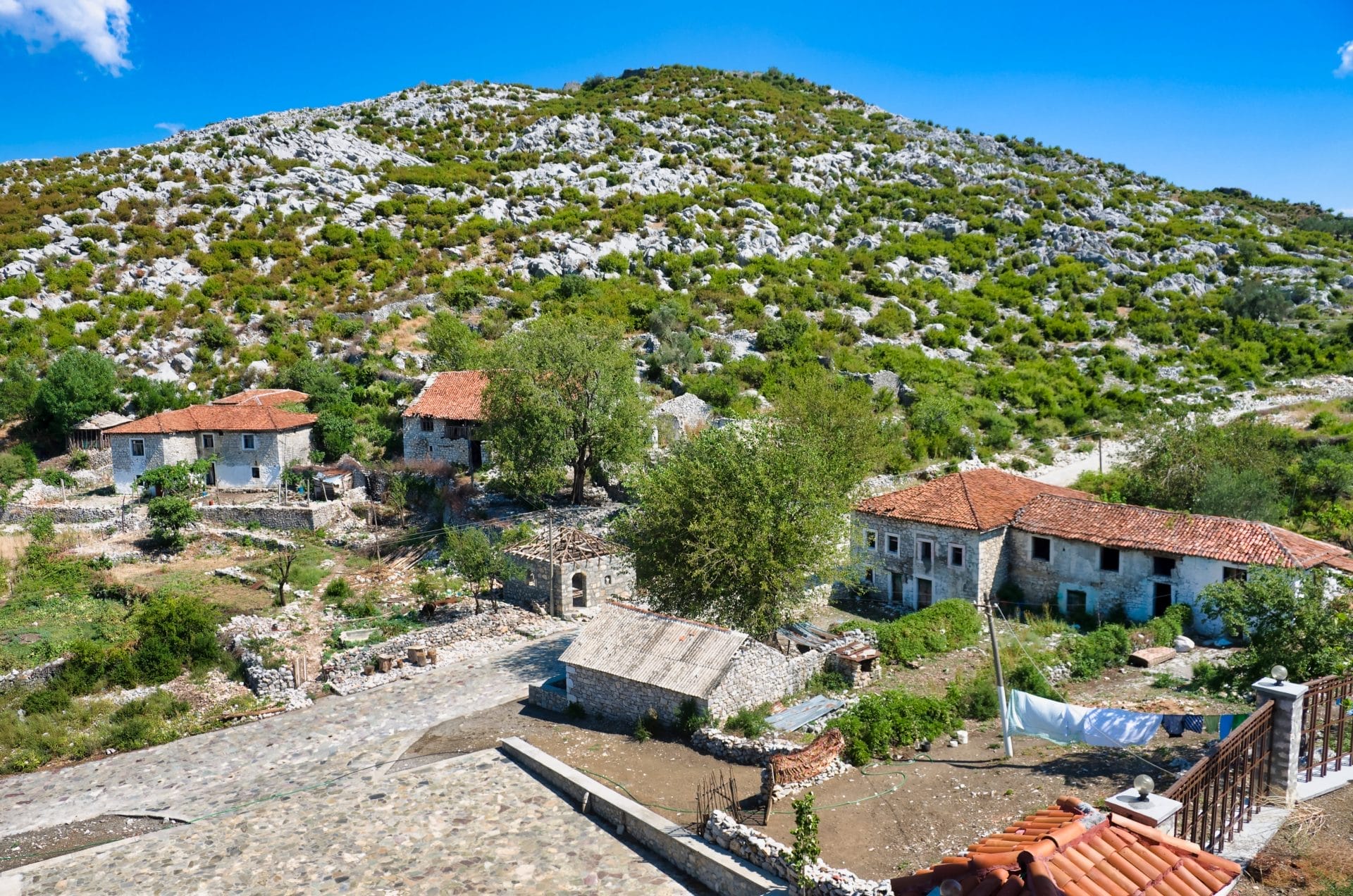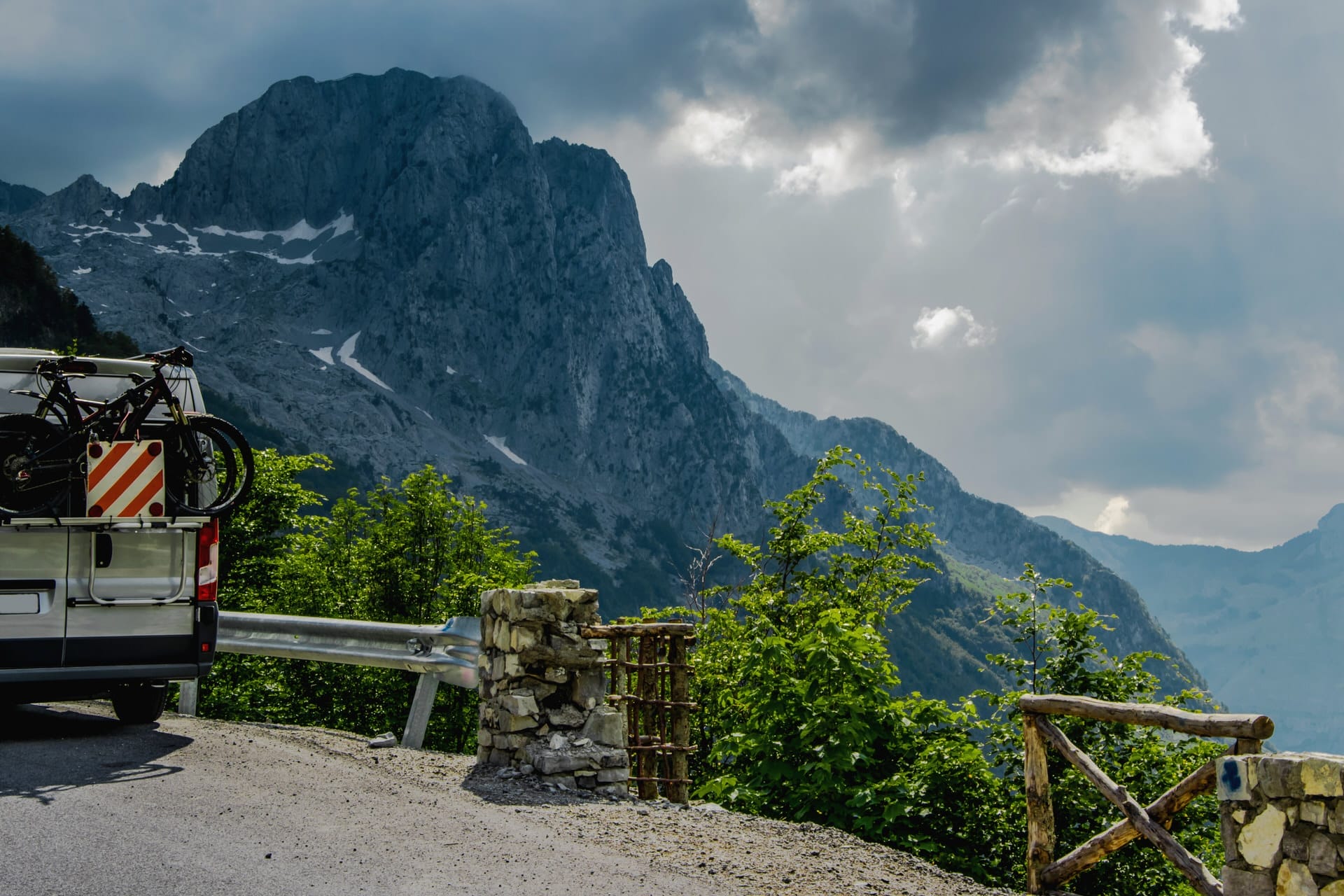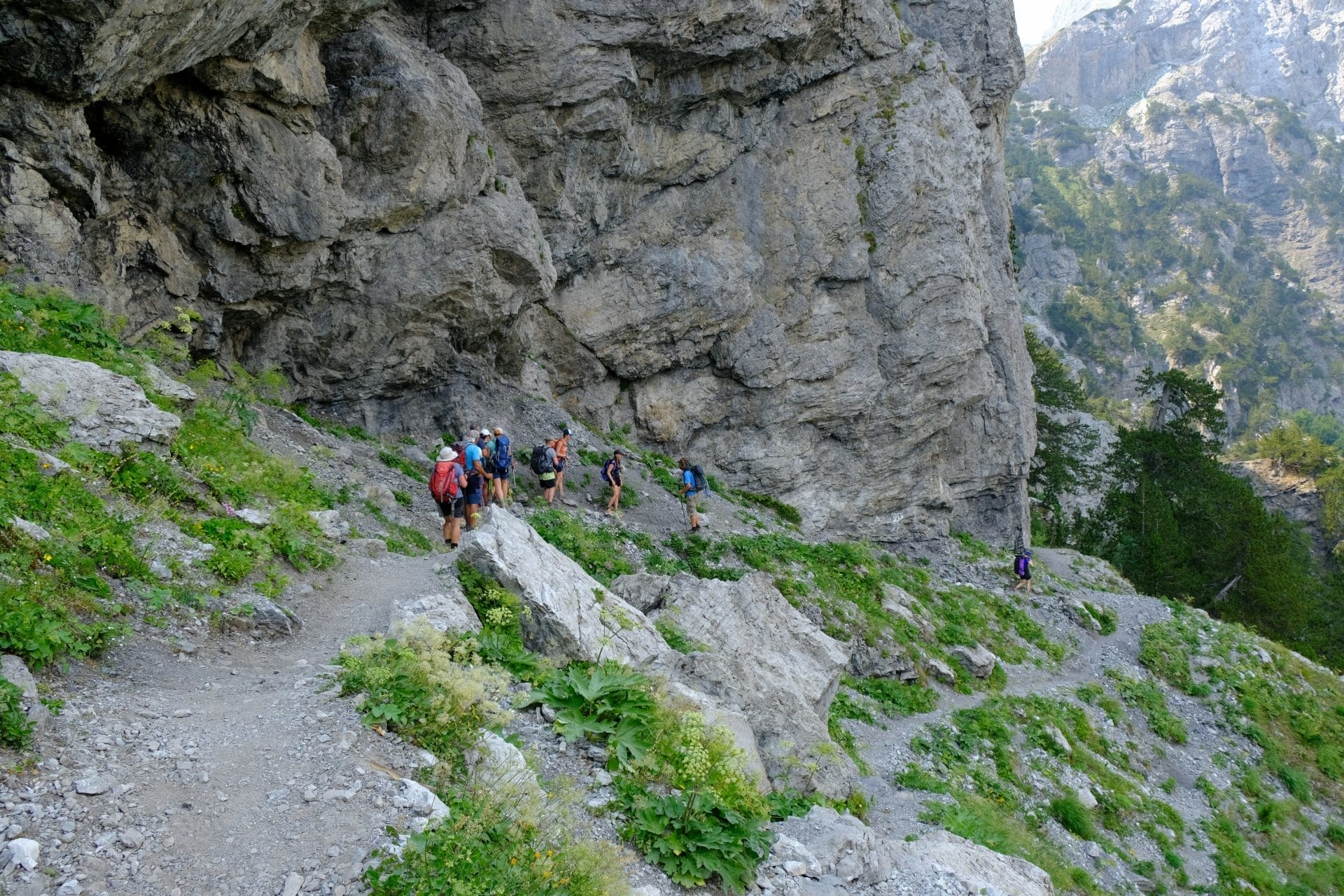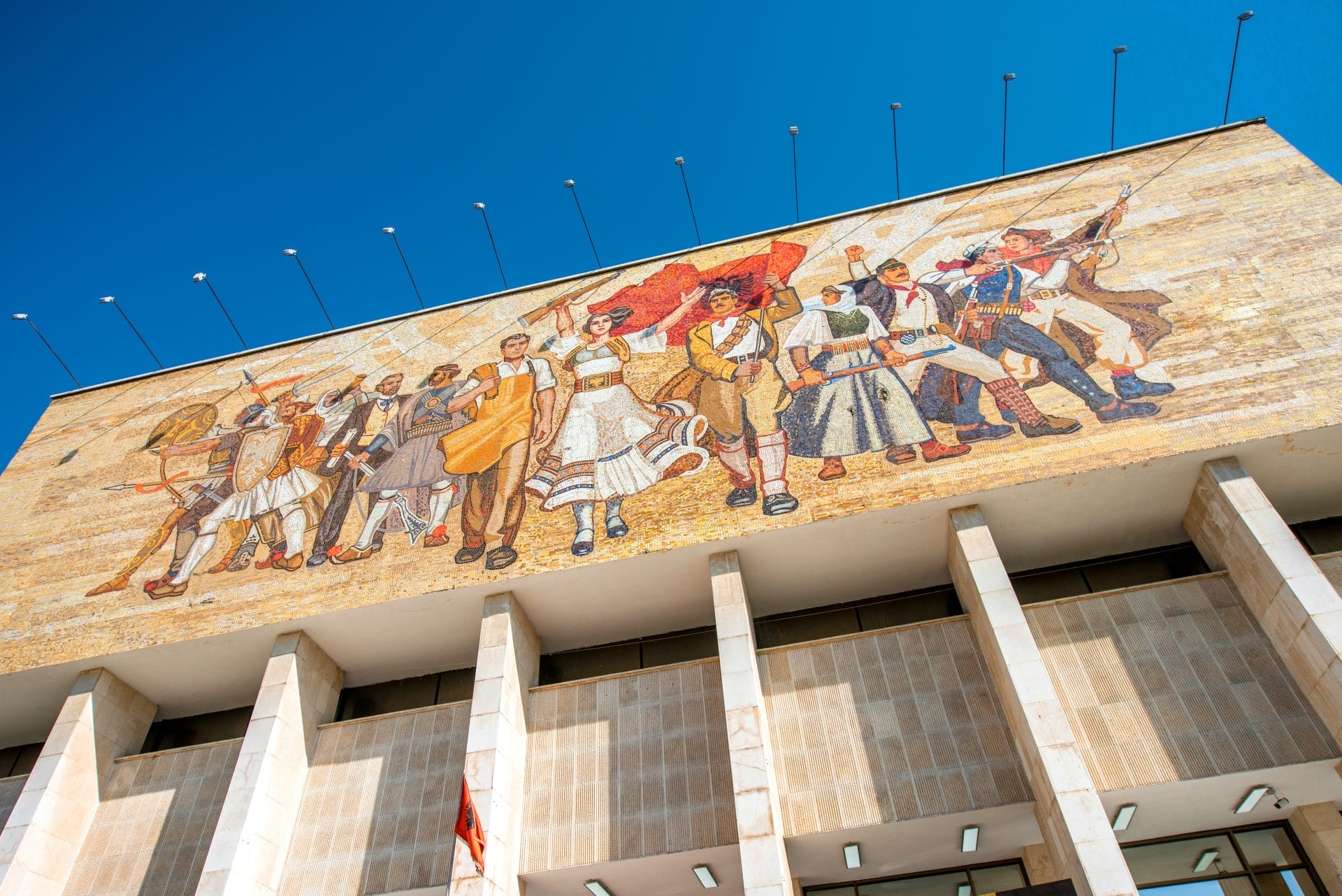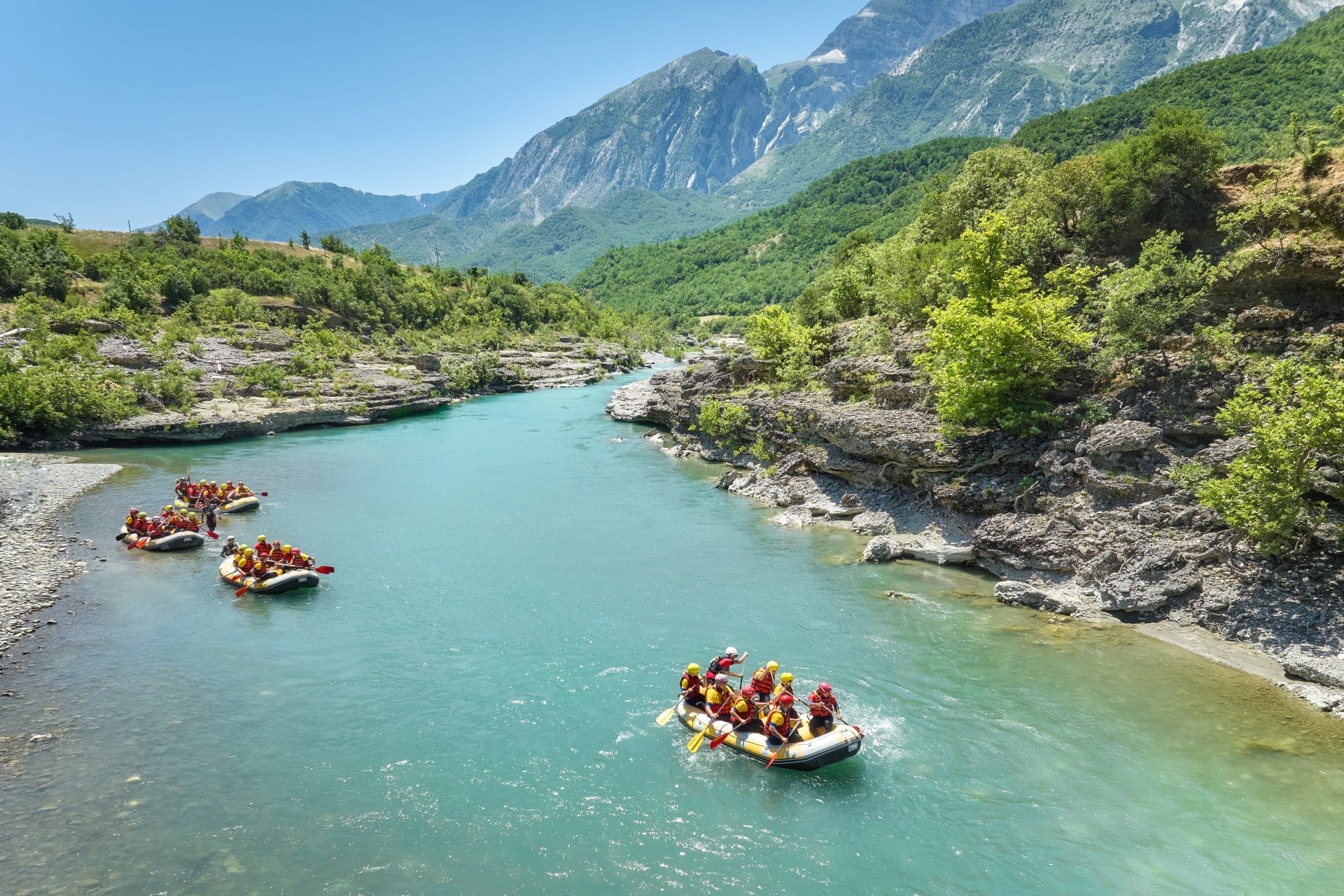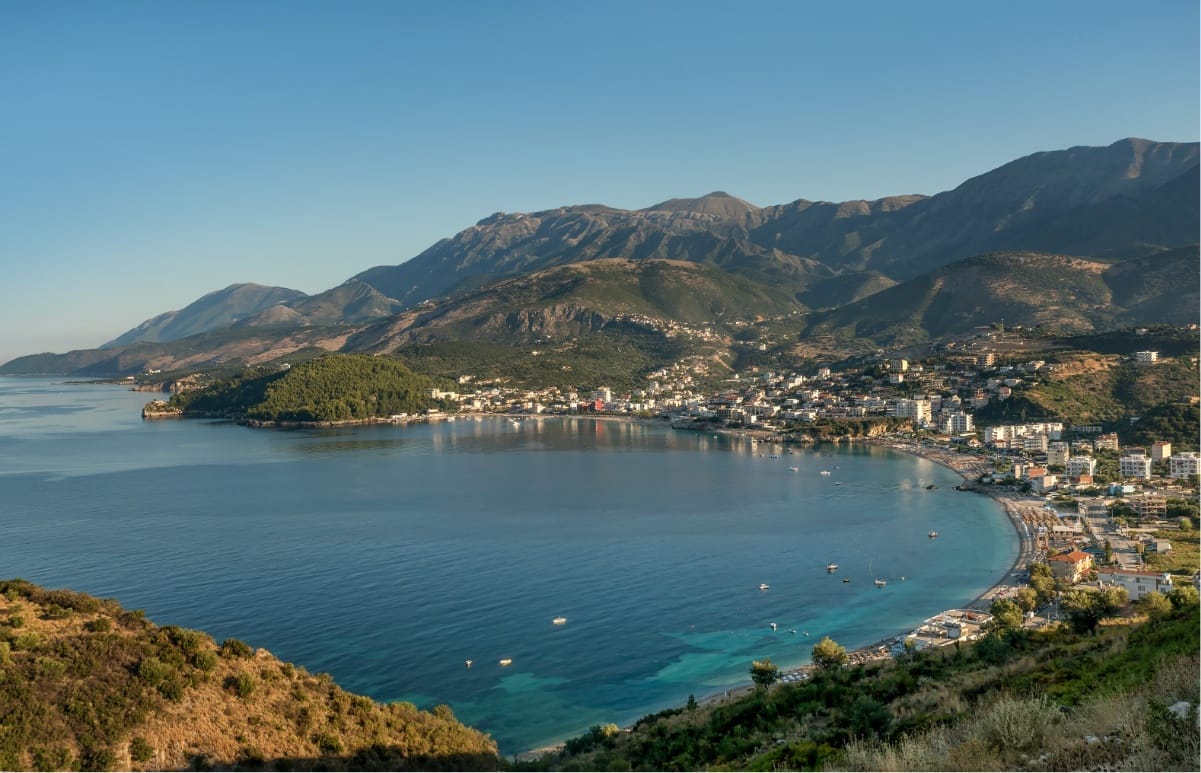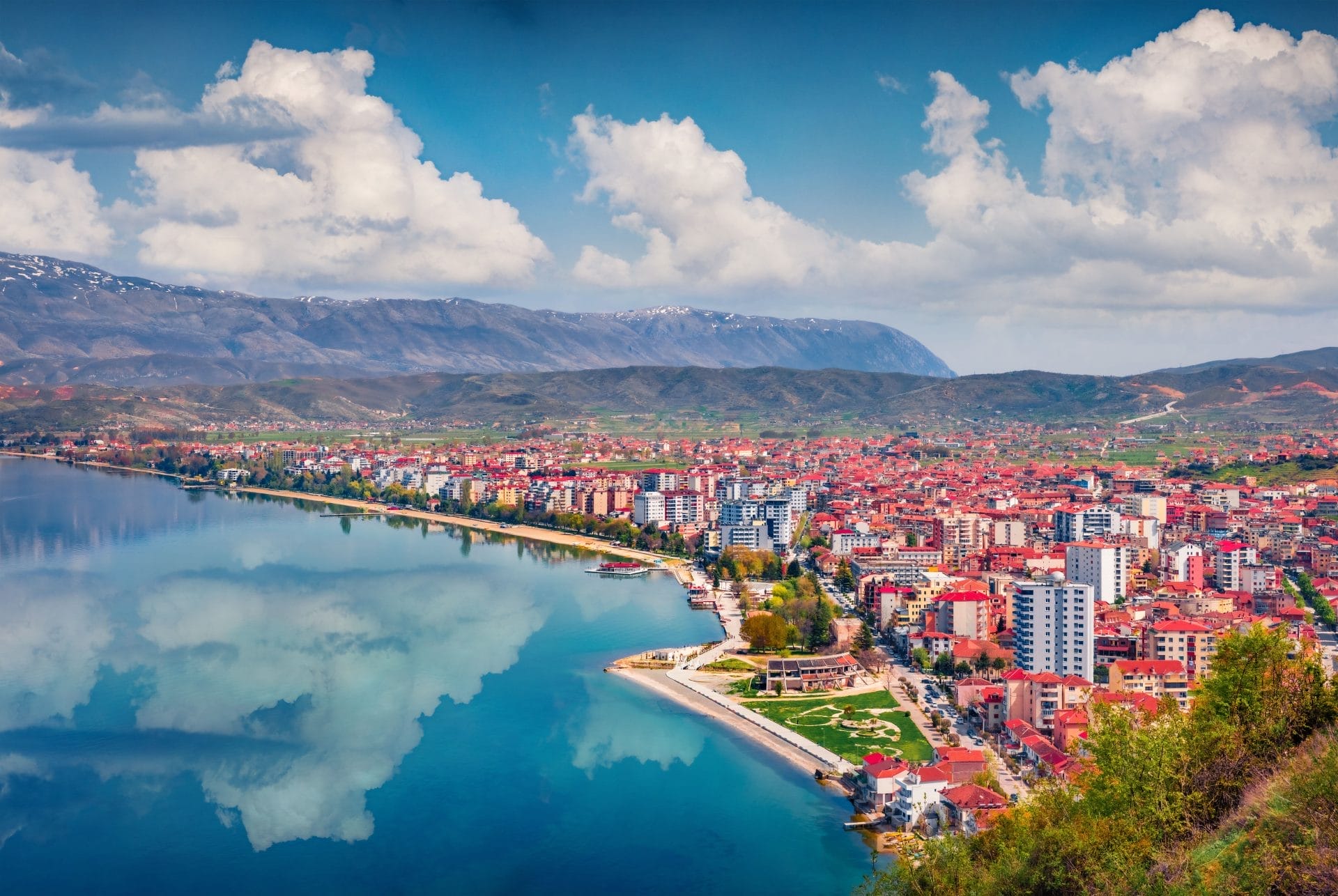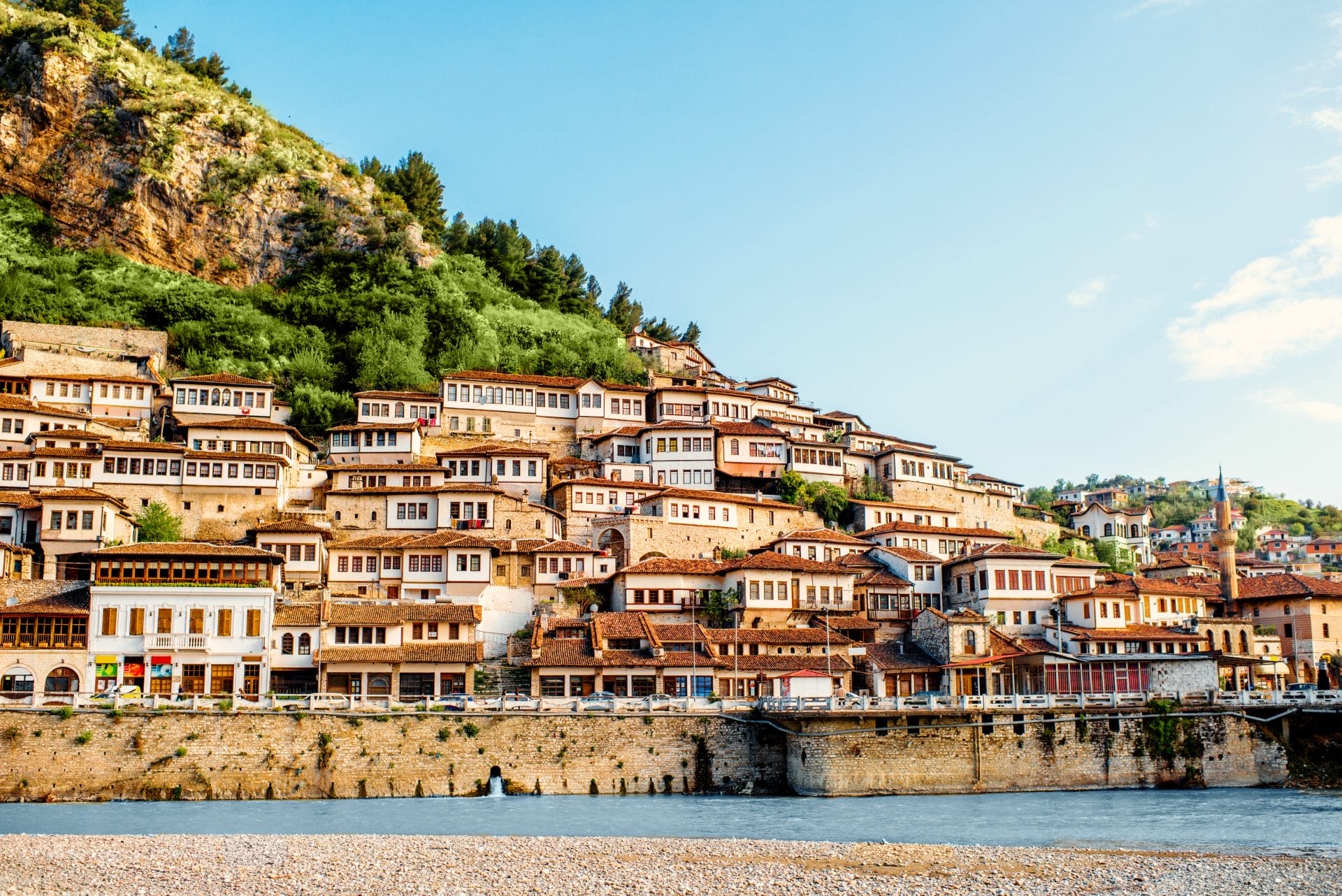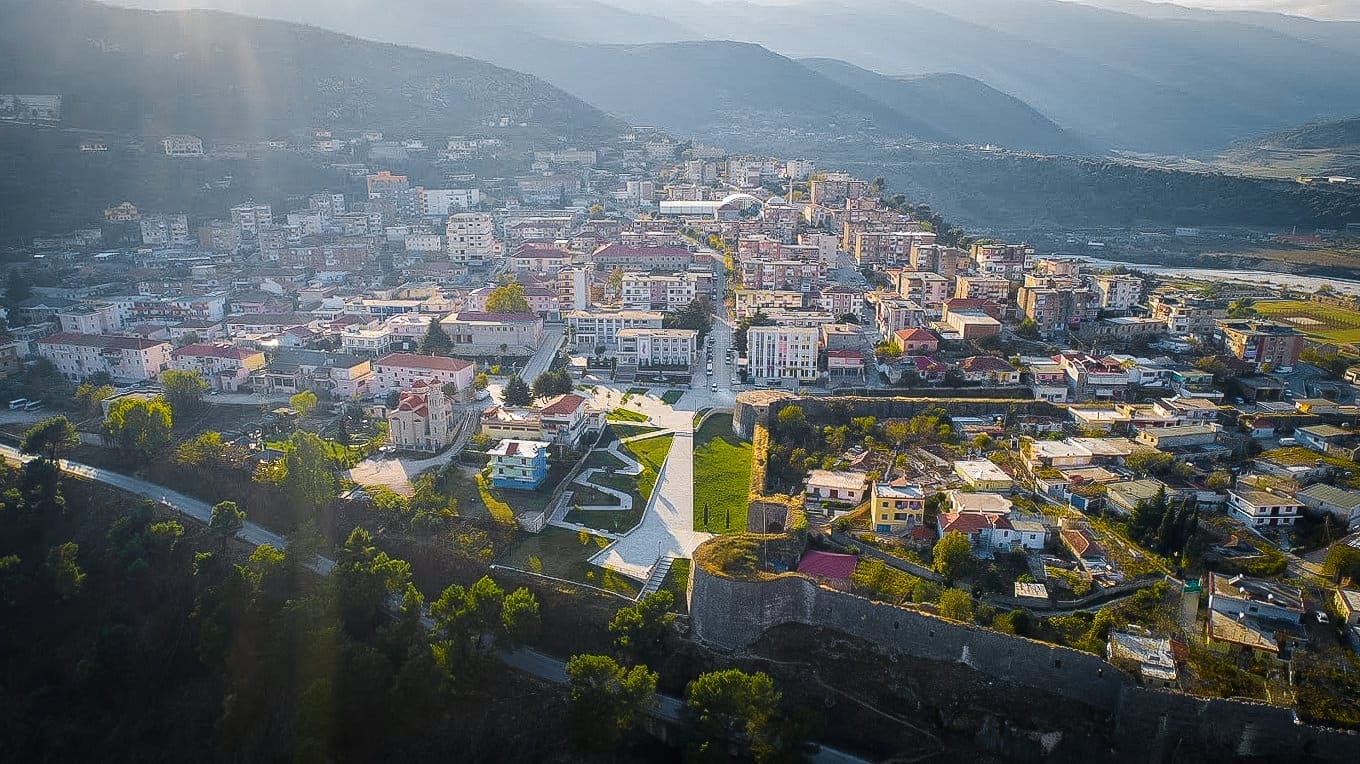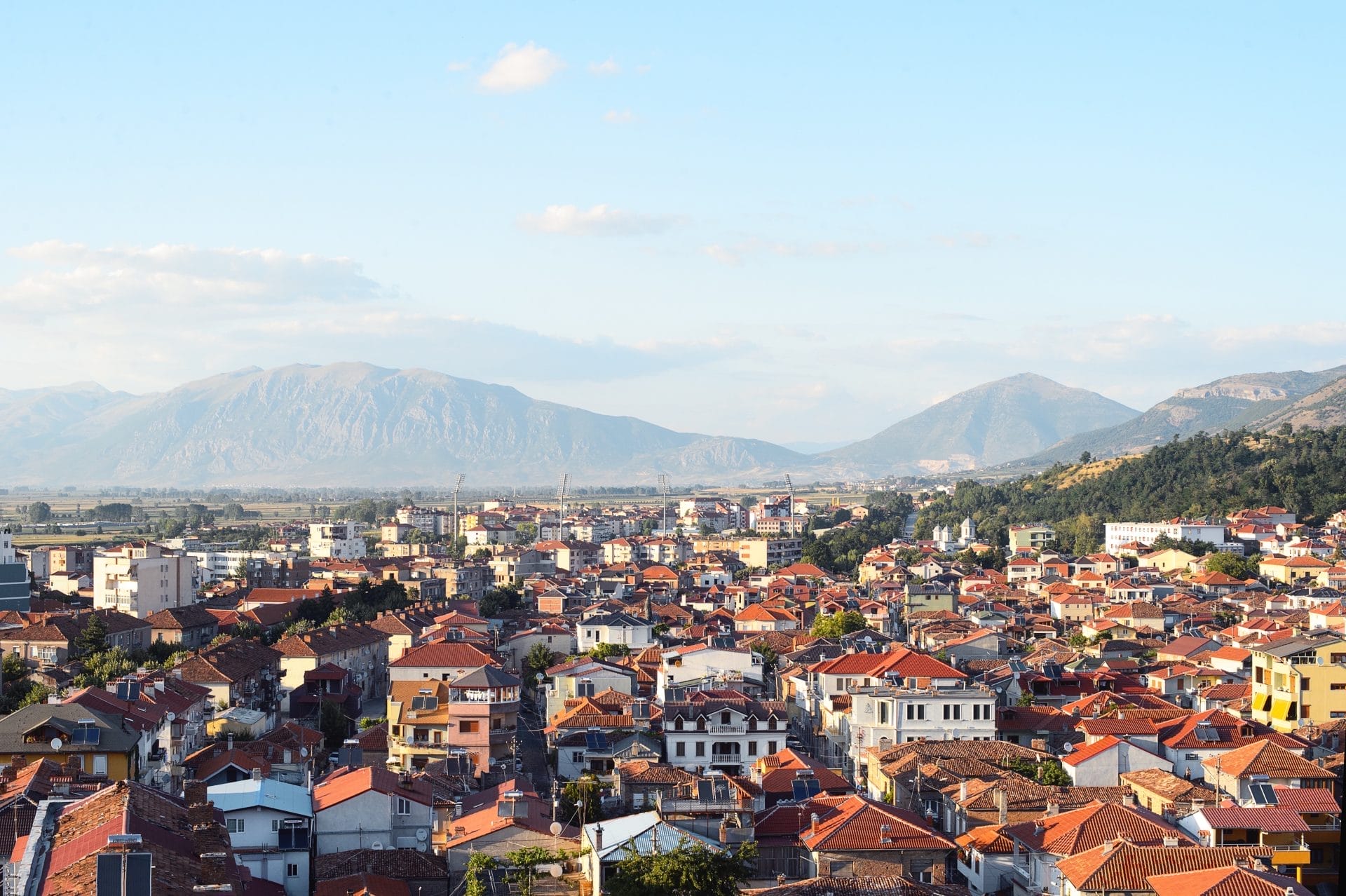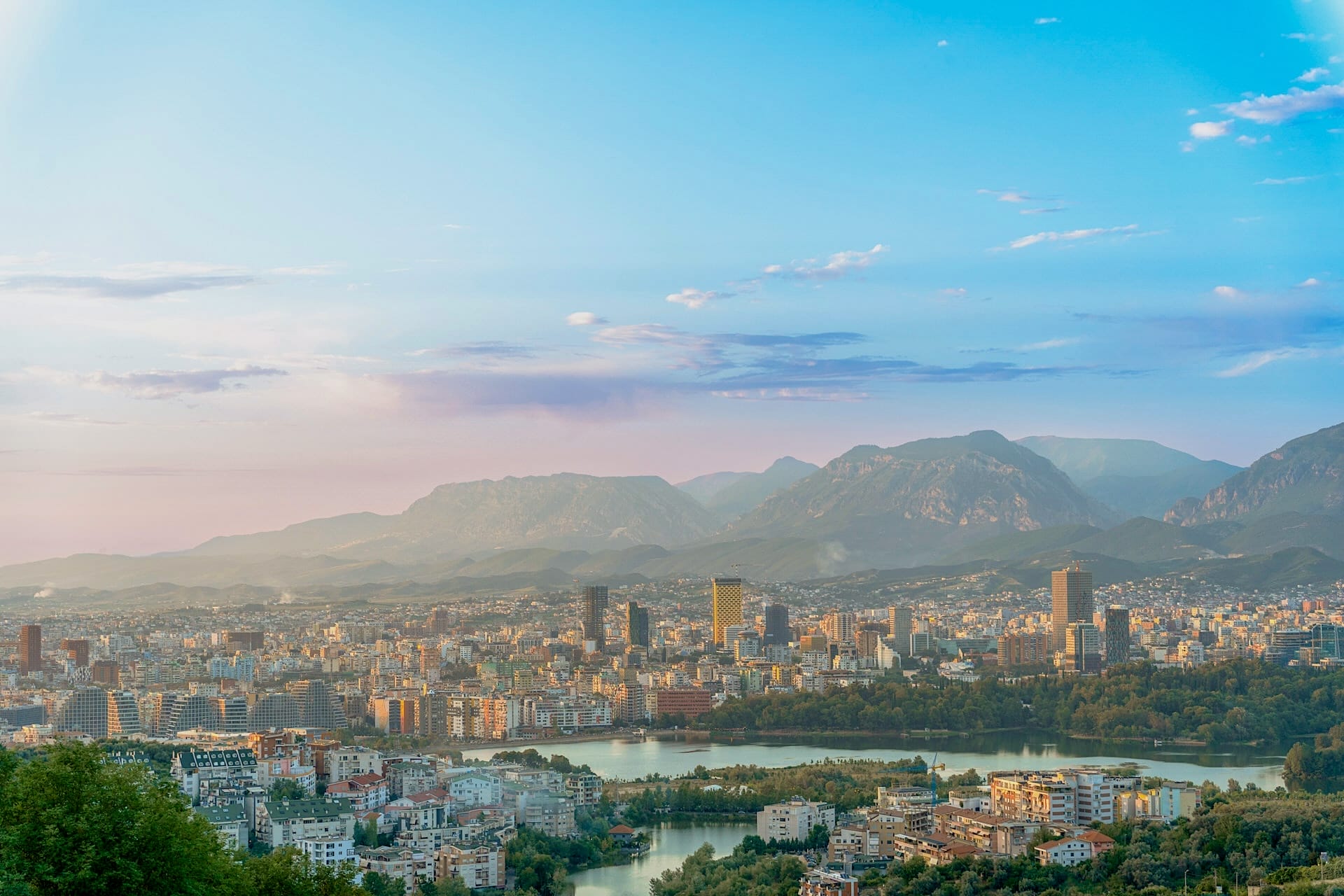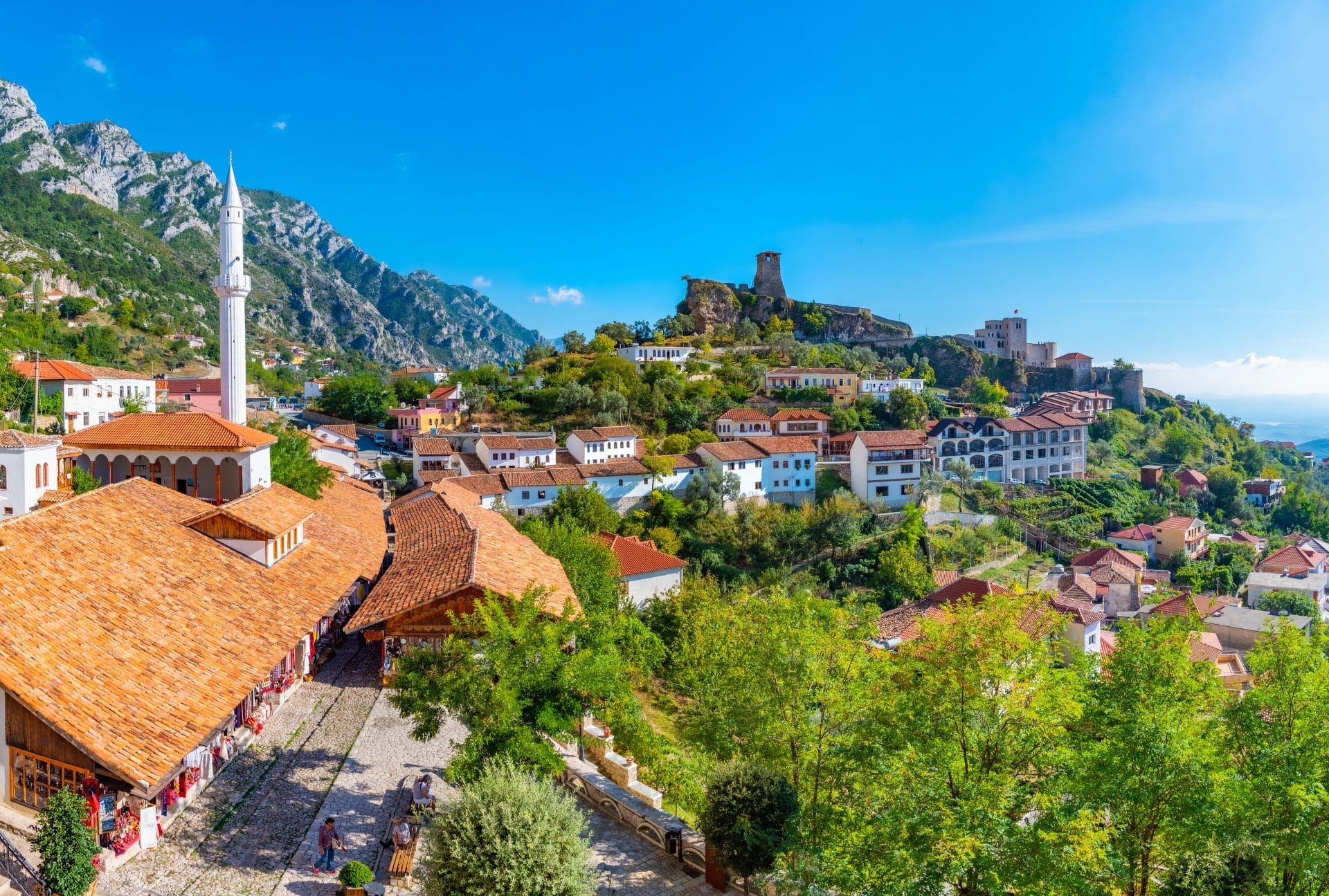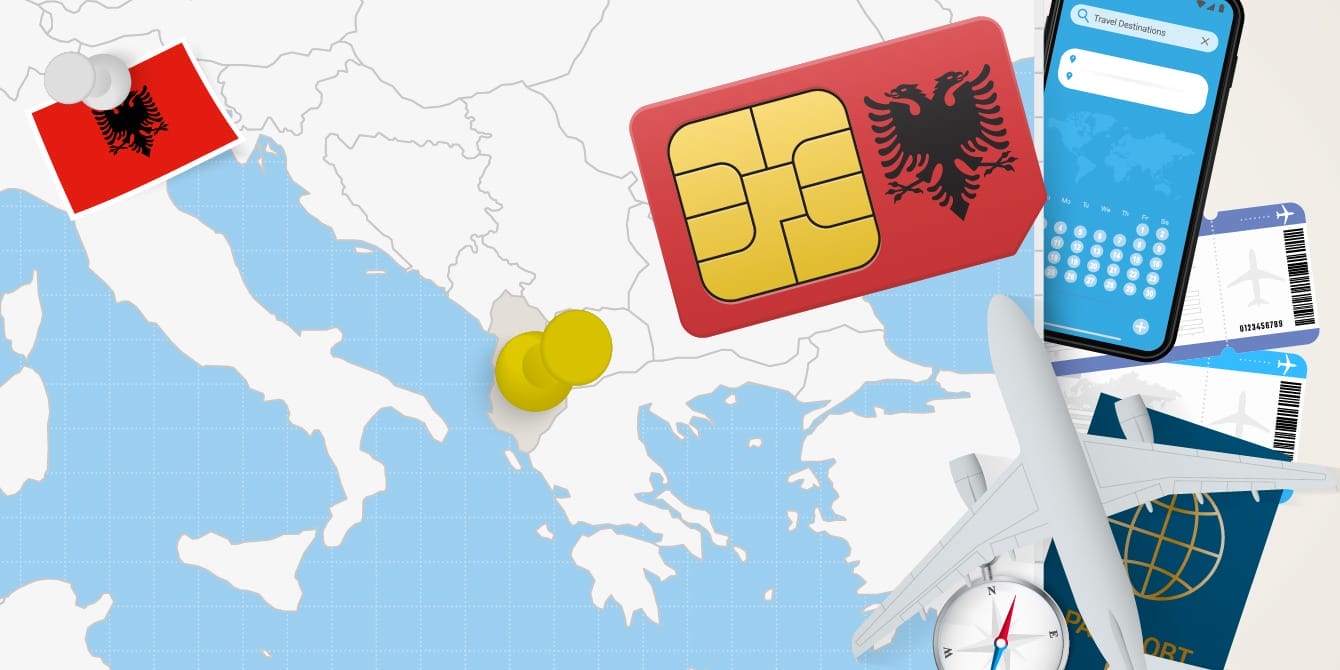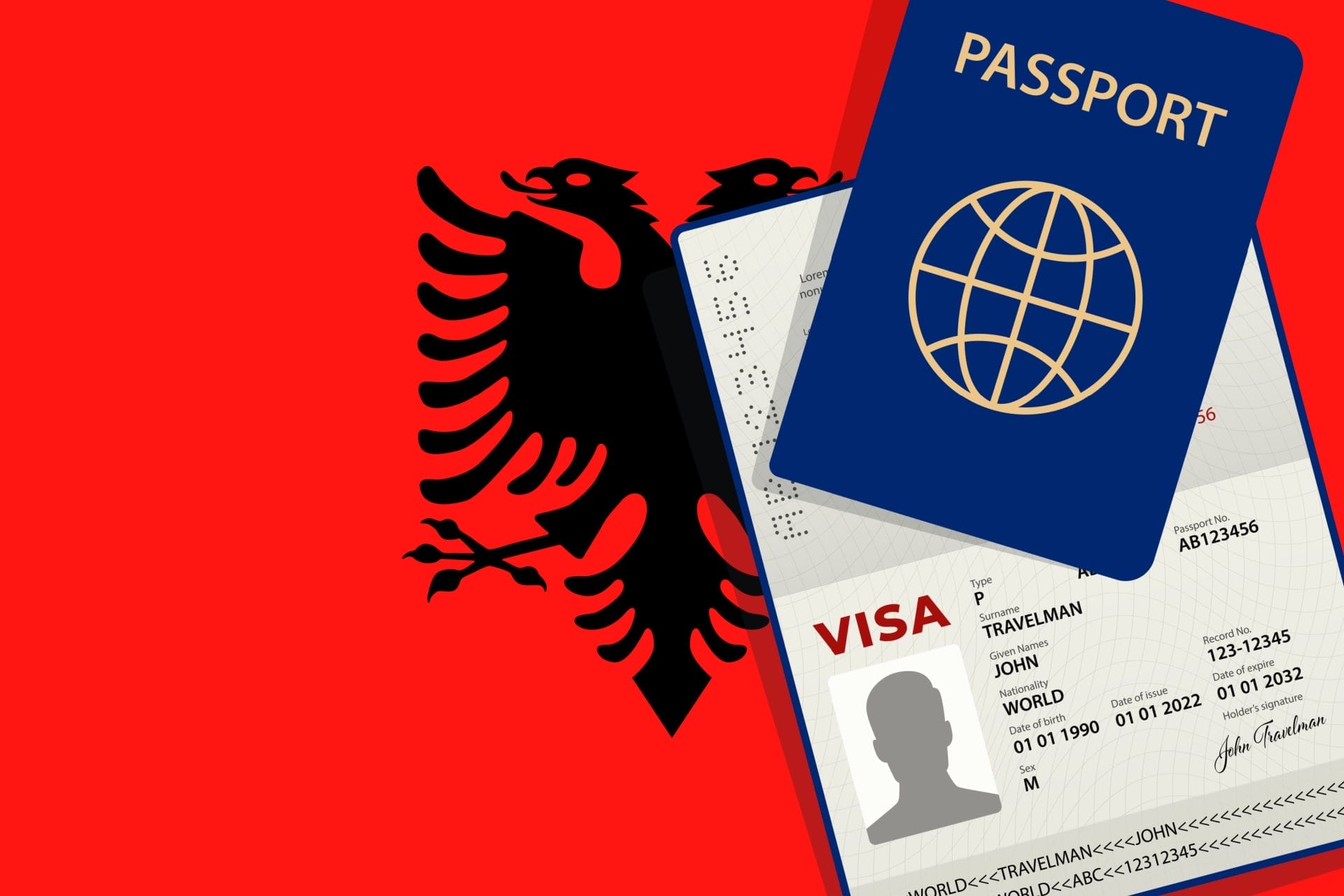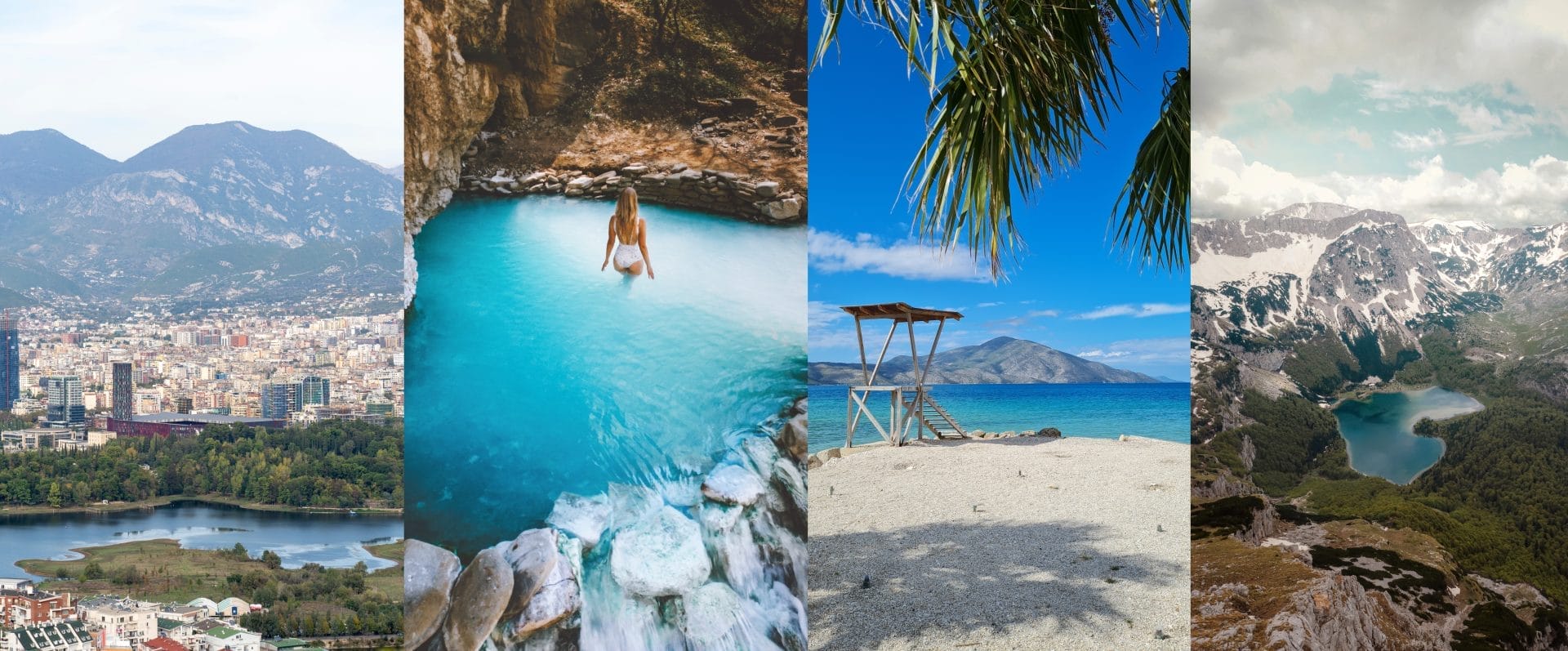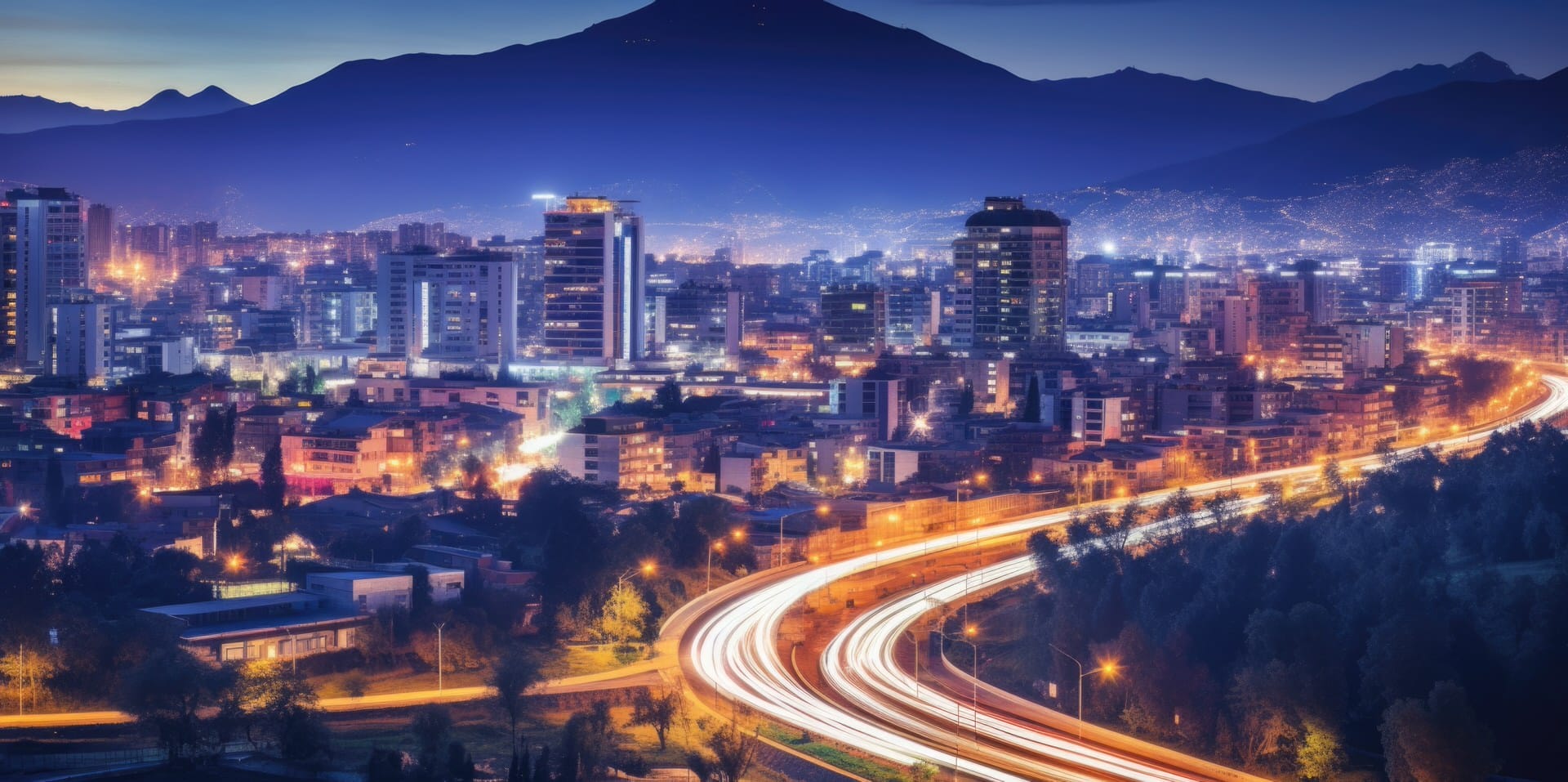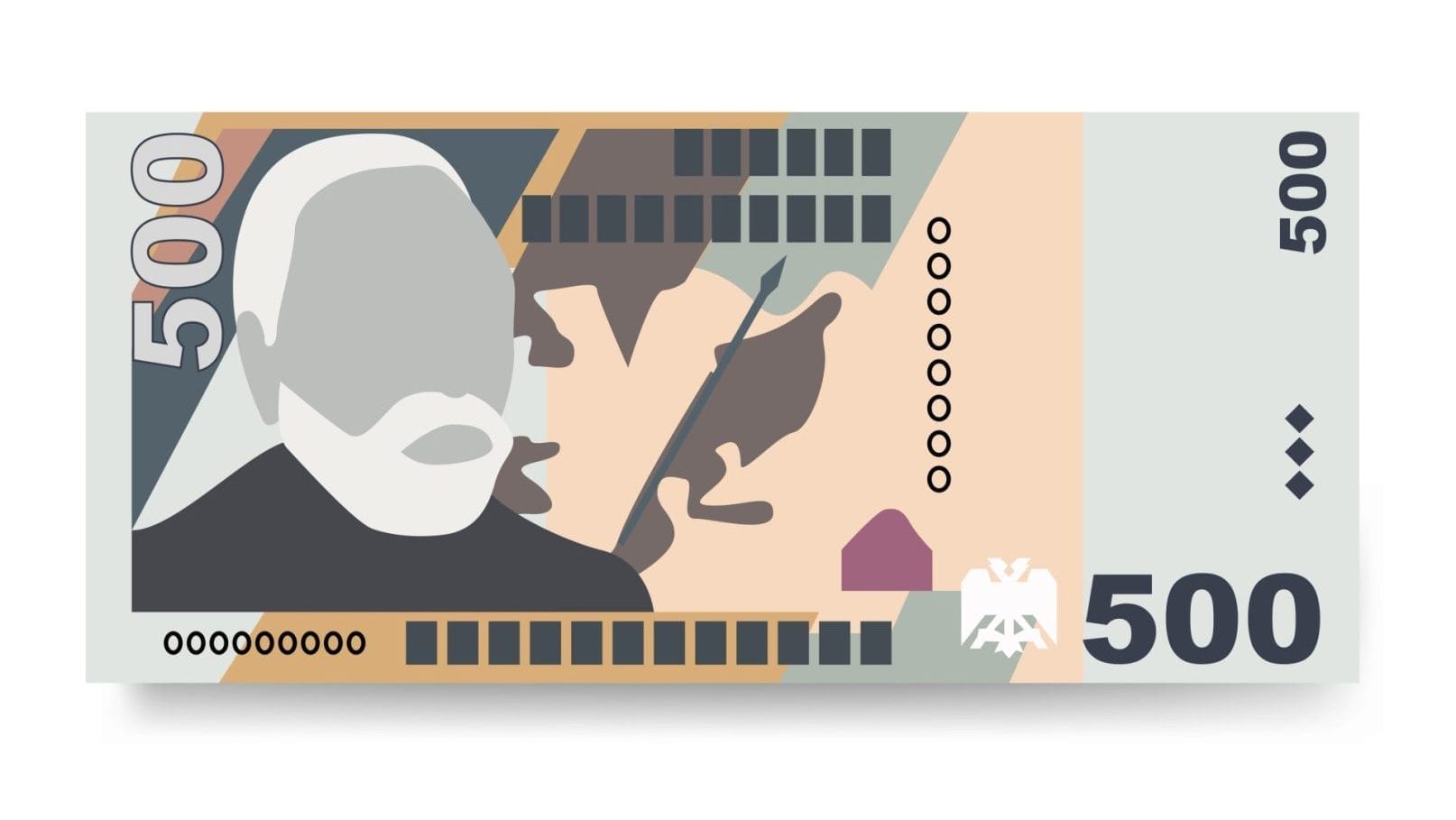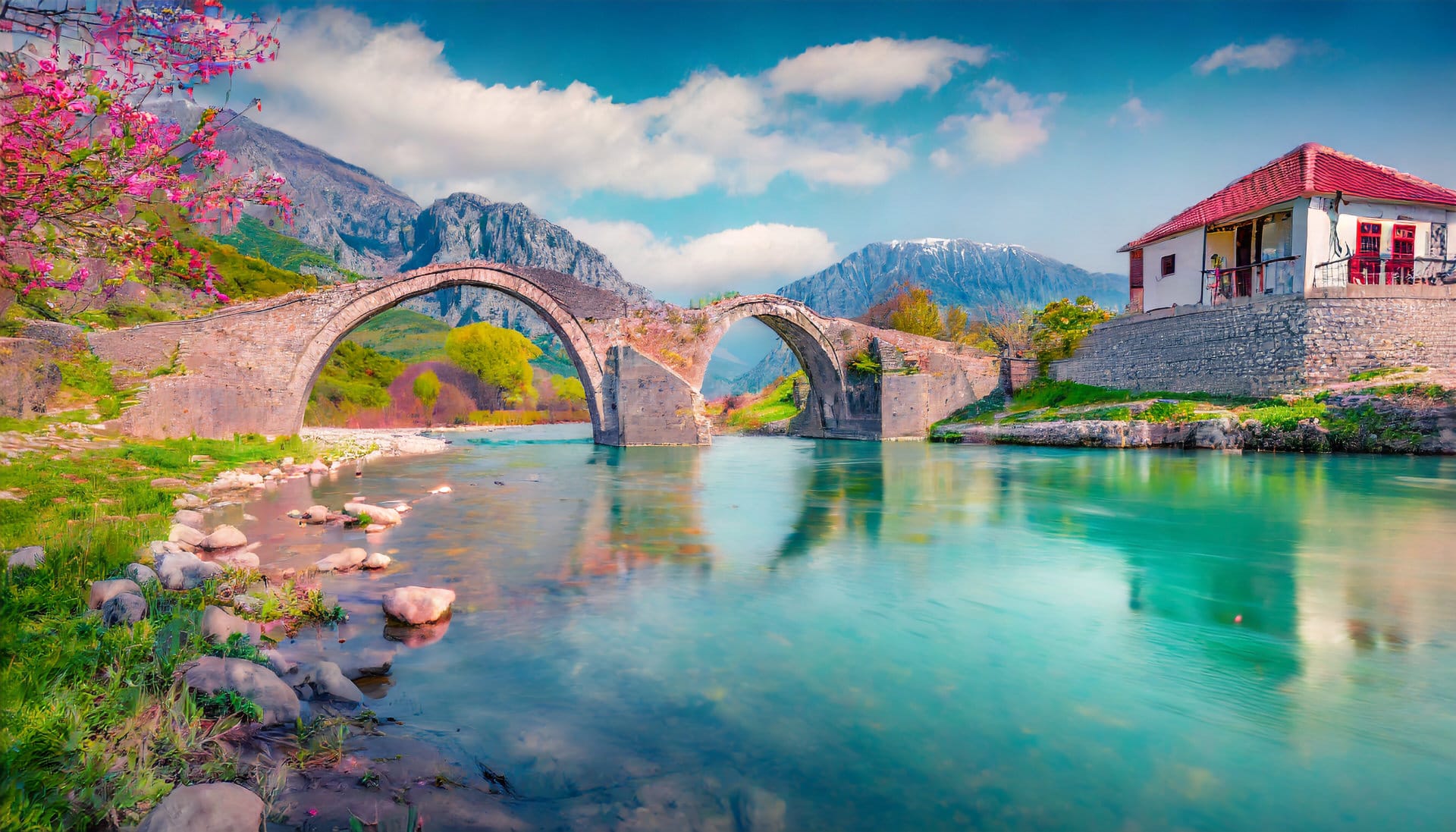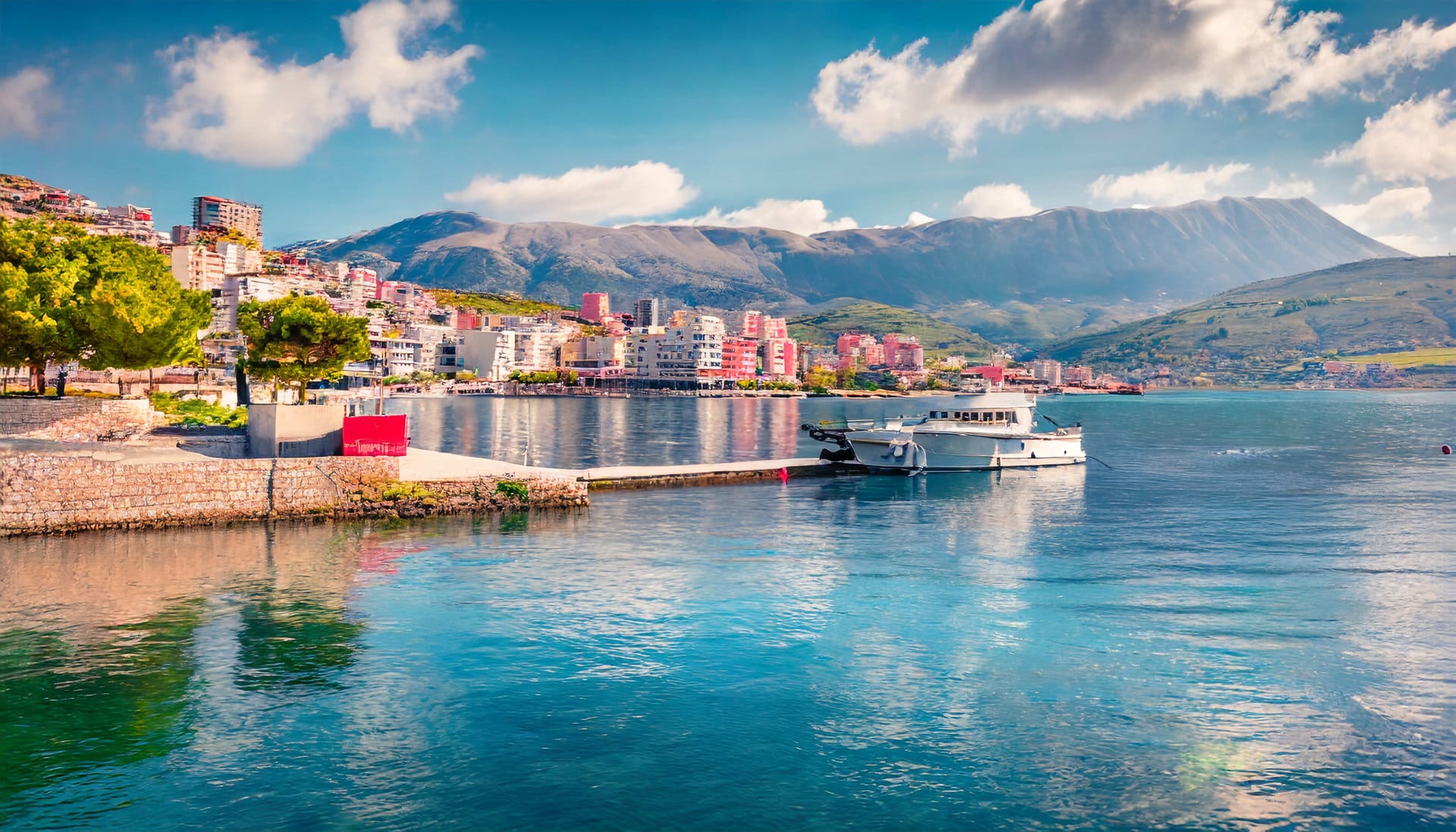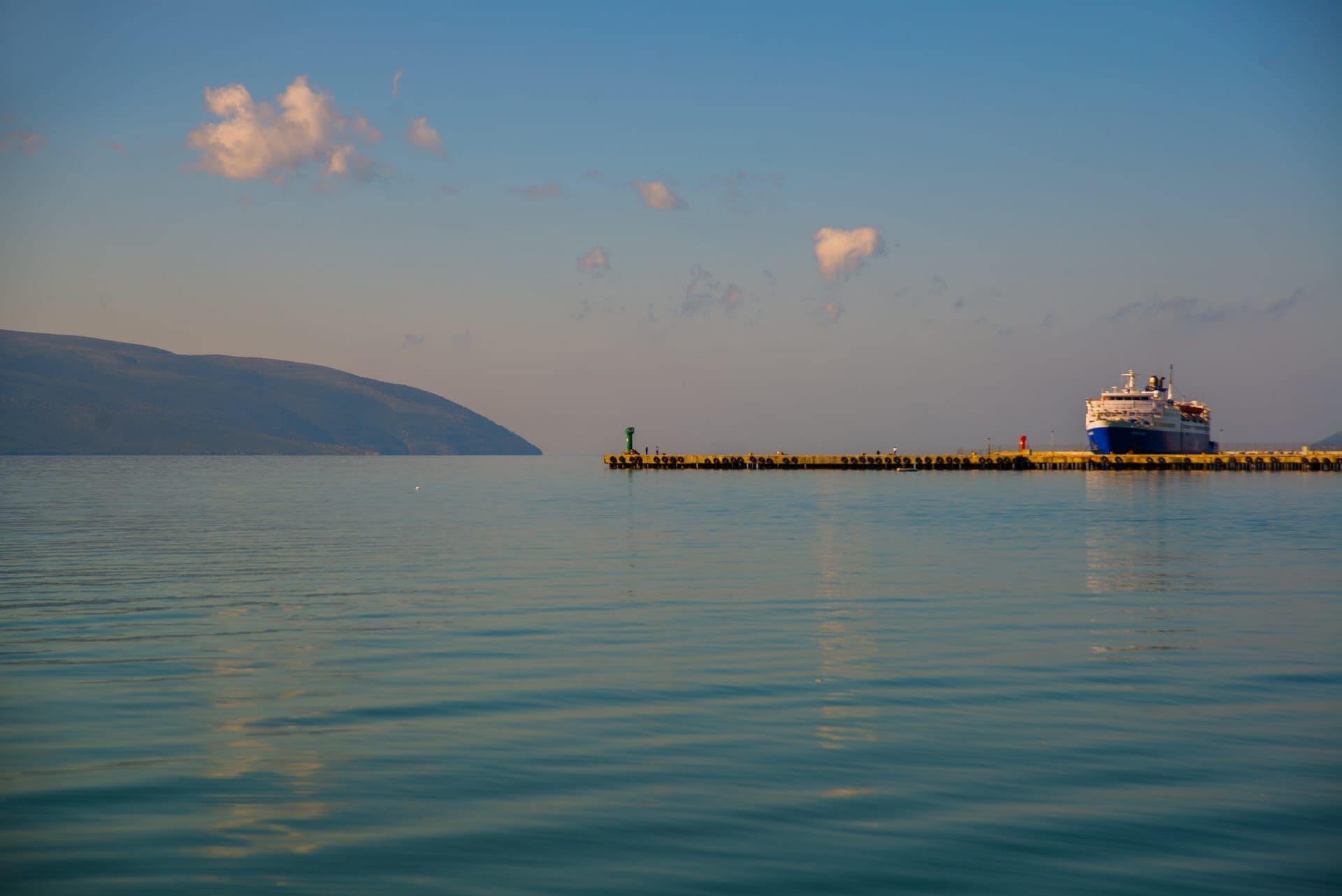
Concrete Symbol of Oppression and Secrecy
The puzzling pyramid structure towering in central Tirana catches the attention of all passersby. First opened in 1988 as a grand museum celebrating Albania’s supreme but reclusive Communist leader Enver Hoxha, the angular concrete building cost more money than any other state project during those marked by typewriter bans and rules forbidding colorful clothes or Western films.
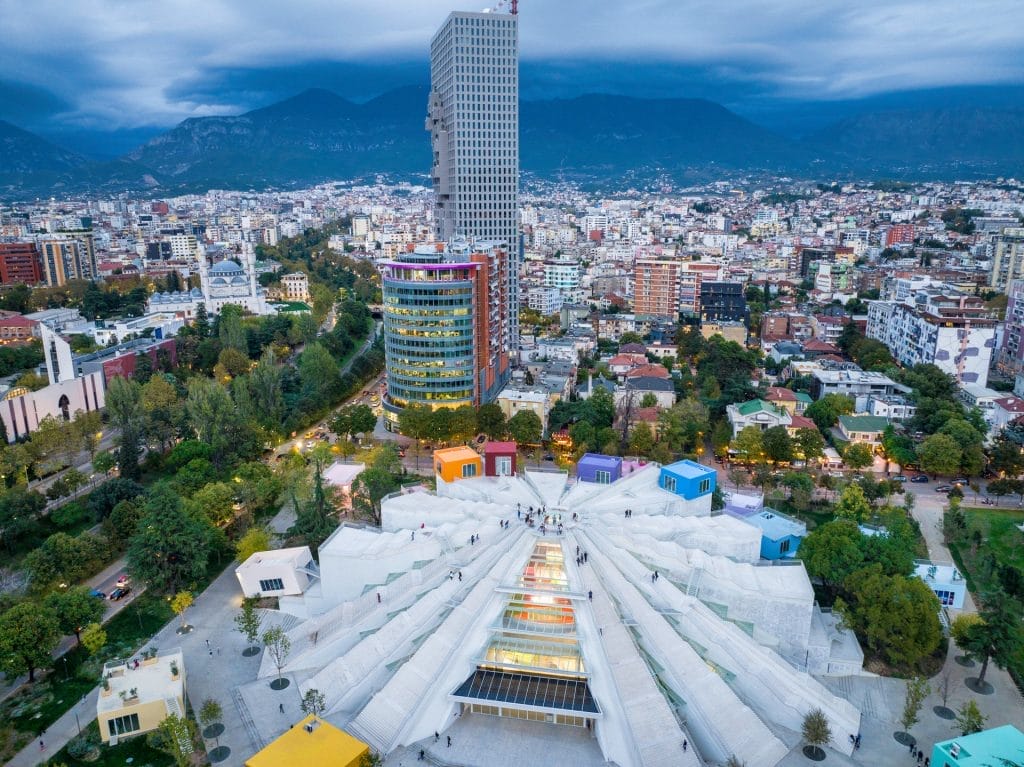
Unexpected Transition Hub During Albania’s Awakening
After 1992, when new leaders replaced communism, the extravagant museum barely used already felt odd contrasting citizens’ needs, so instead, it hosted practical conferences as Albania welcomed more freedoms it had long gone without. During Kosovo’s 1990s struggles next door, refugees and global assistance groups filled the Pyramid, coordinating urgent efforts before 21st-century technology or tourism revitalized the vacant site.
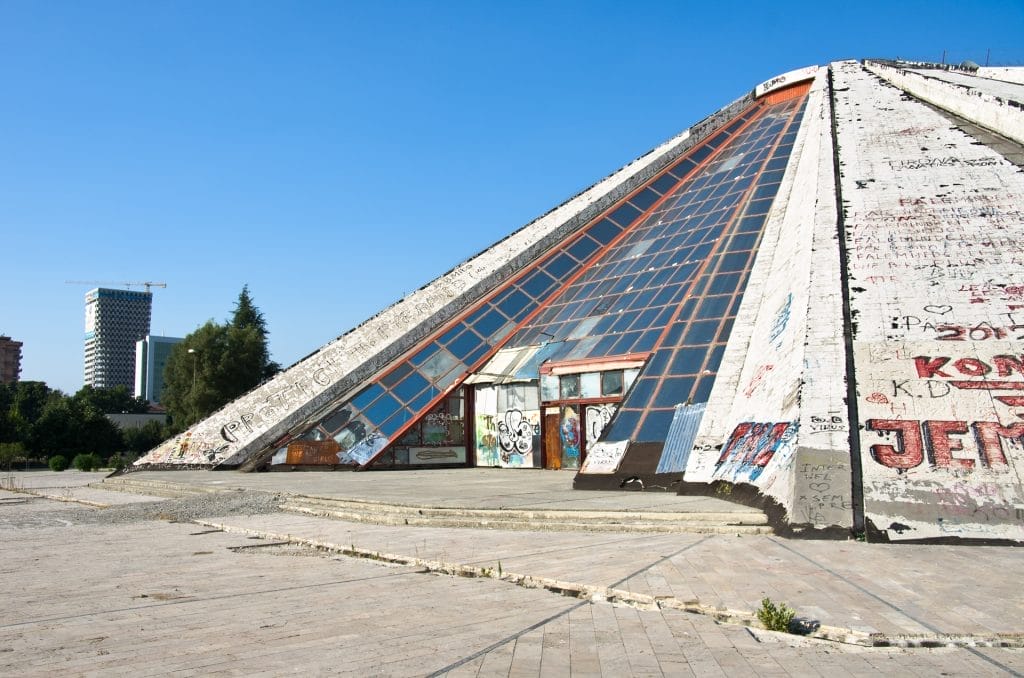
Debates Around Destroying the Lofty Burden
Debates rose over whether destroying the former museum best served Tirana’s growth as its bizarre shape and 20-meter height loomed like an eerily remnant of Albania’s mysterious oppressive history. But its substance reflected survival too – and as the capital transformed towards EU membership, fresh visions saw the potential for regenerating the concrete core as the living heart empowering Albania’s promising future instead.

Fresh Possibilities via Revamp
Razing history doesn’t come cleanly when questions of artistic legacy loom within bureaucratic decisions. Famed architects like MVRDV Founder Winy Maas joined Albanian preservation advocates, warning erasure repeats oppression’s mentality while innovative revitalization could reconcile people through enlightened solutions. Support mounted across Tirana for escaping bleak ‘either-or’ options.
The pivot arrived officially in 2018 when Tirana’s mayor unveiled exciting plans to transform the pyramid into a youth technology center focusing on IT training and startup incubation, symbolizing Albania’s progress. Renovations soon added exterior side staircases, a glass roof atrium, and vibrant artwork mirrored in the structure, supporting creativity over past divisions.
Nearly 25 years on from Kosovo camps and parliamentary prize ploys, Albania’s youth now type code where dreary communist artifacts once collected dust – launching dreams democratically where ghosts and guards once patrolled. Tirana’s pyramid persists awkwardly yet reveals through persistence that freedom can emerge in former fortresses once foundations shift, favoring democratic futures.


